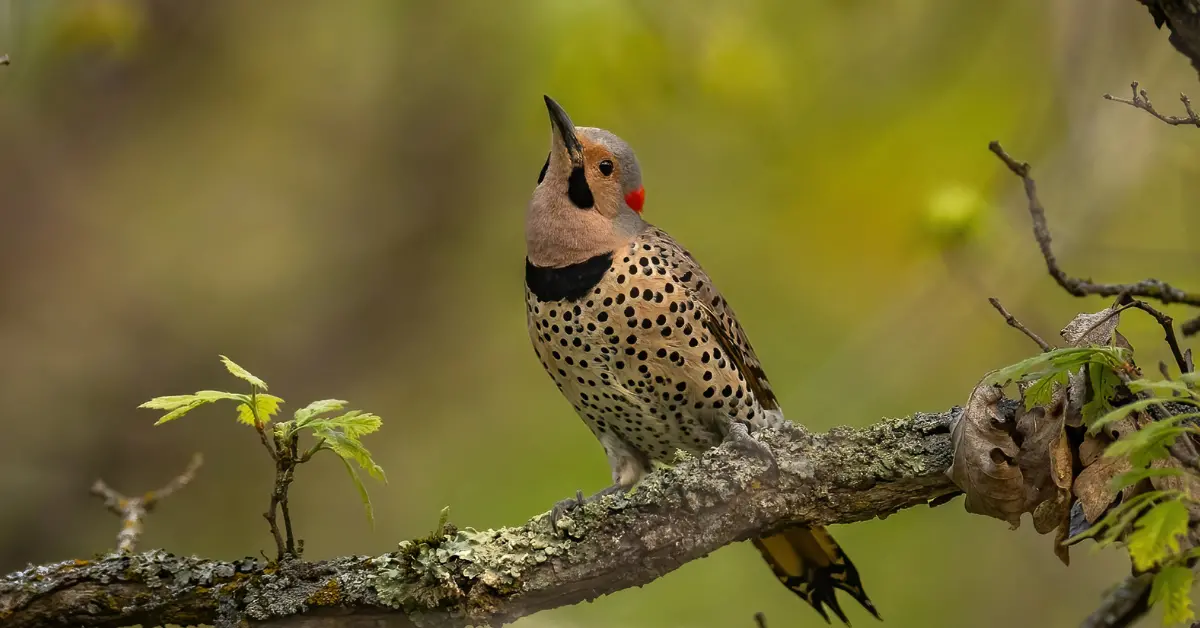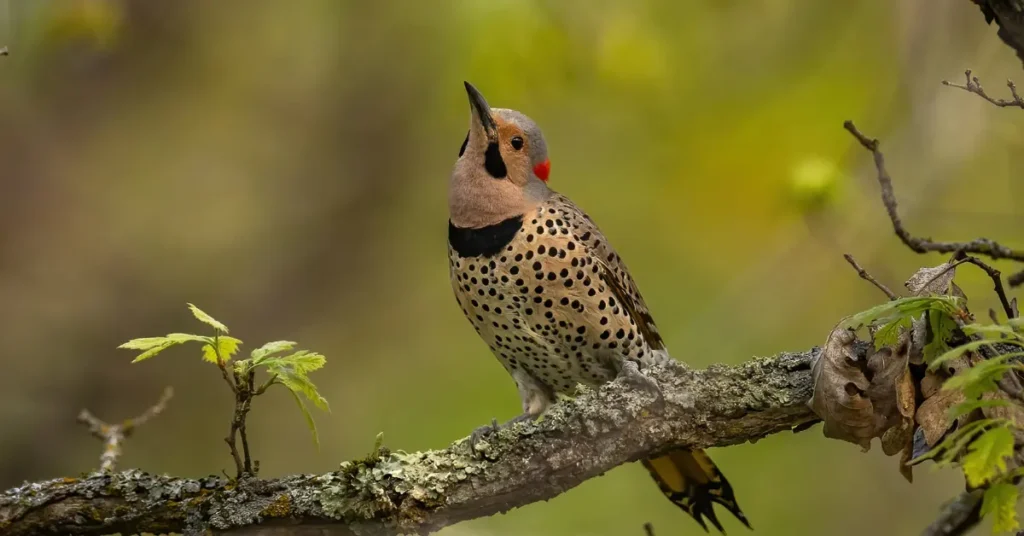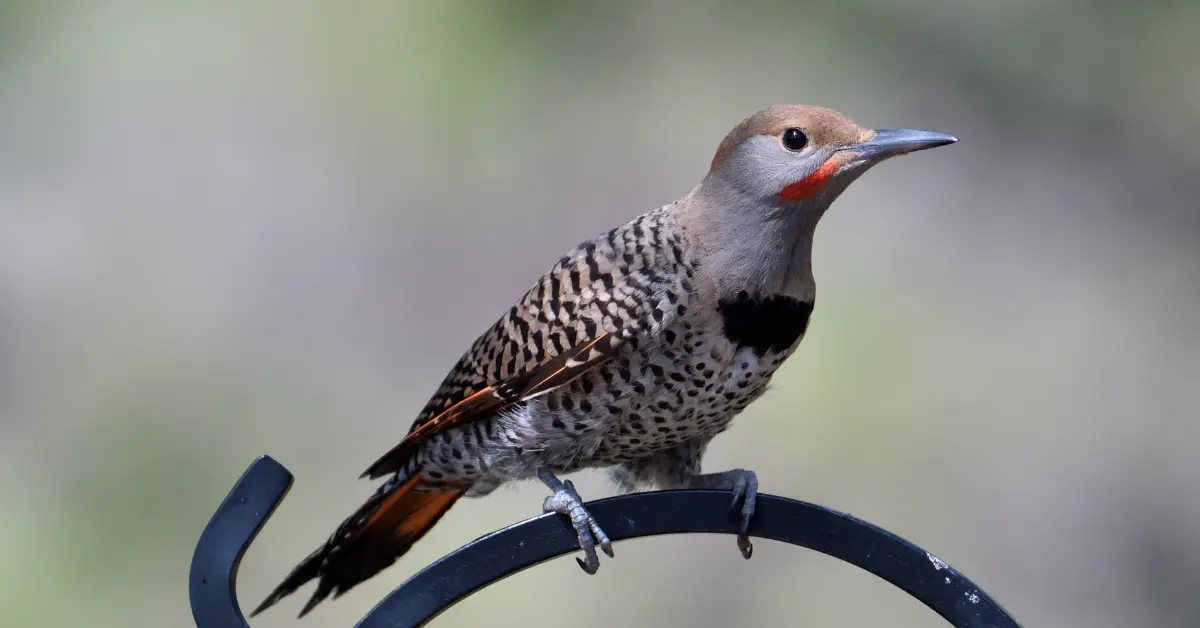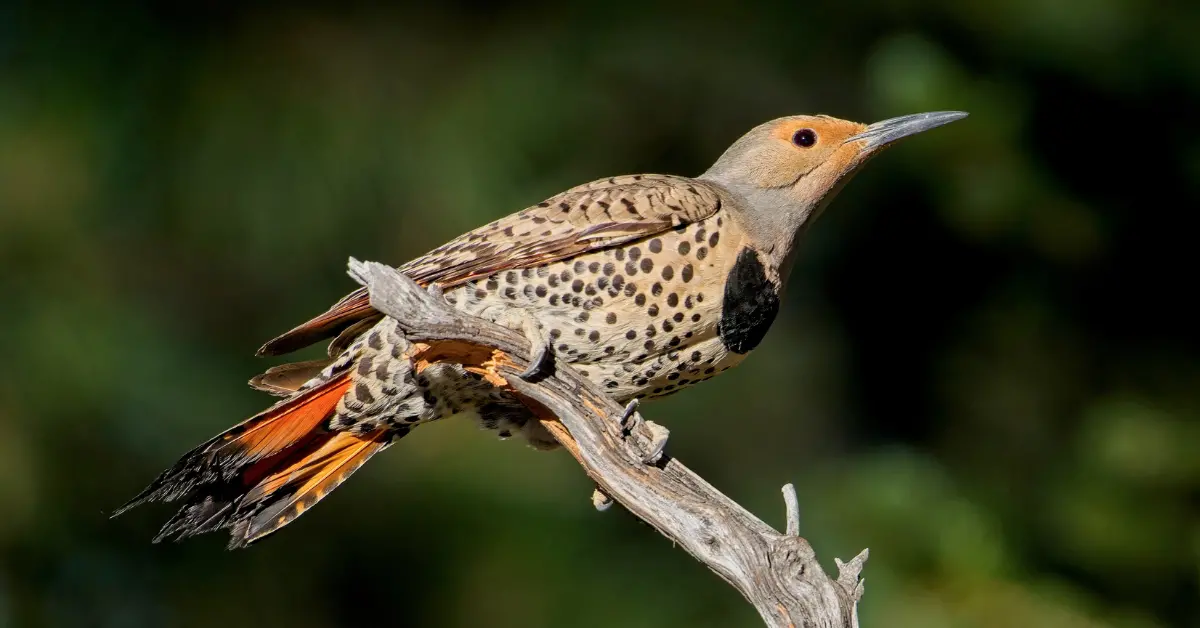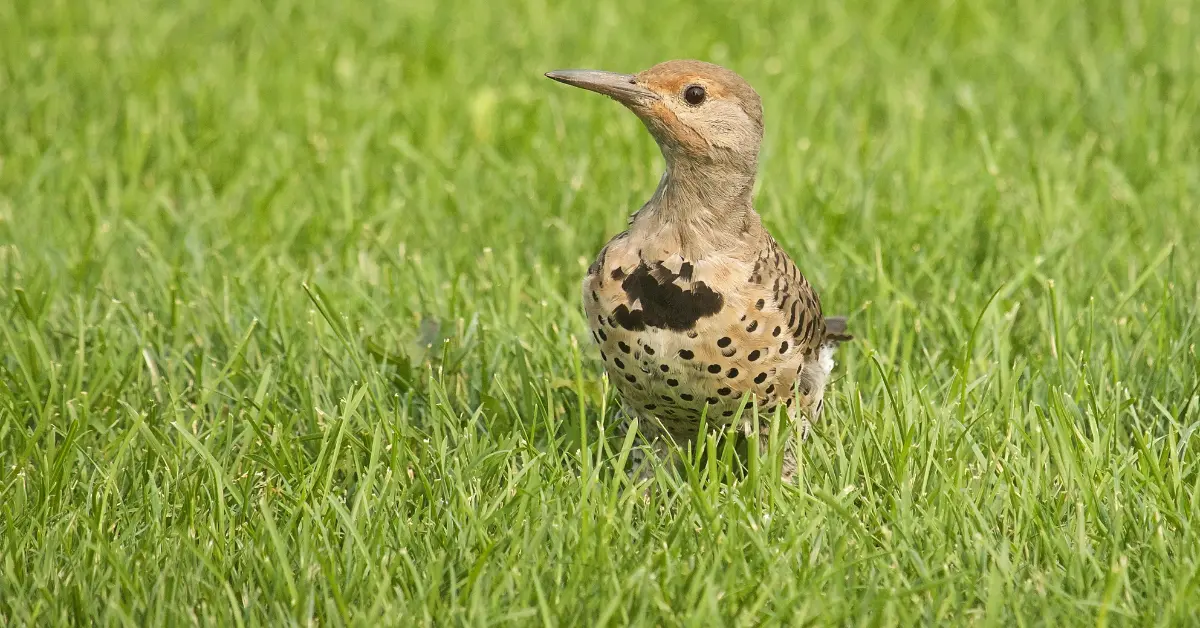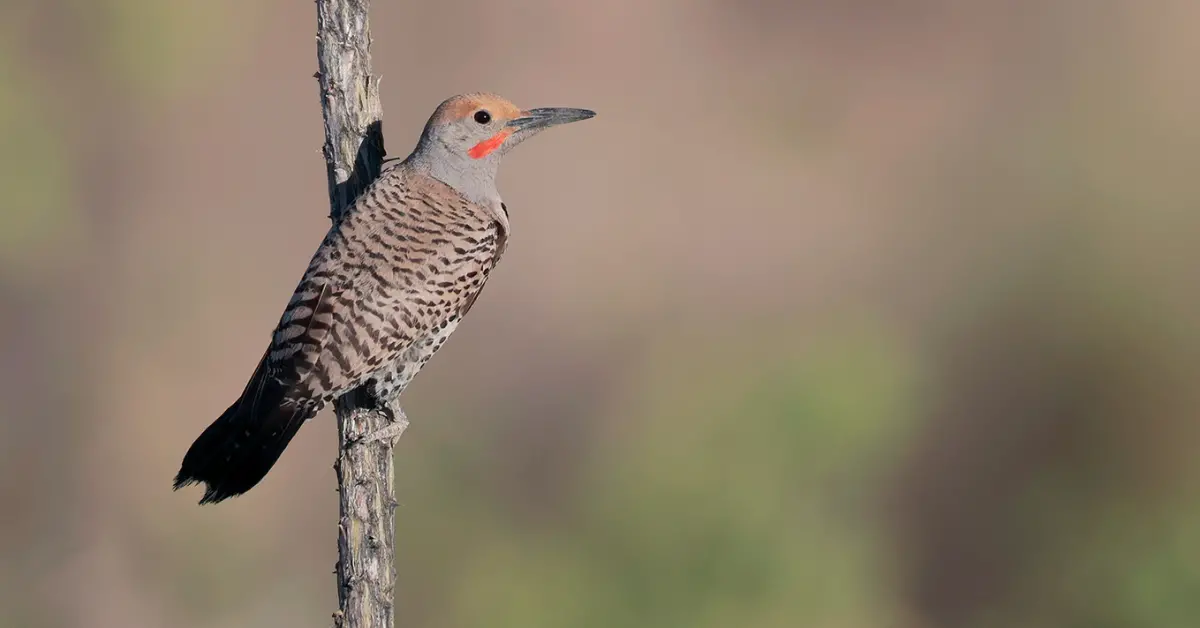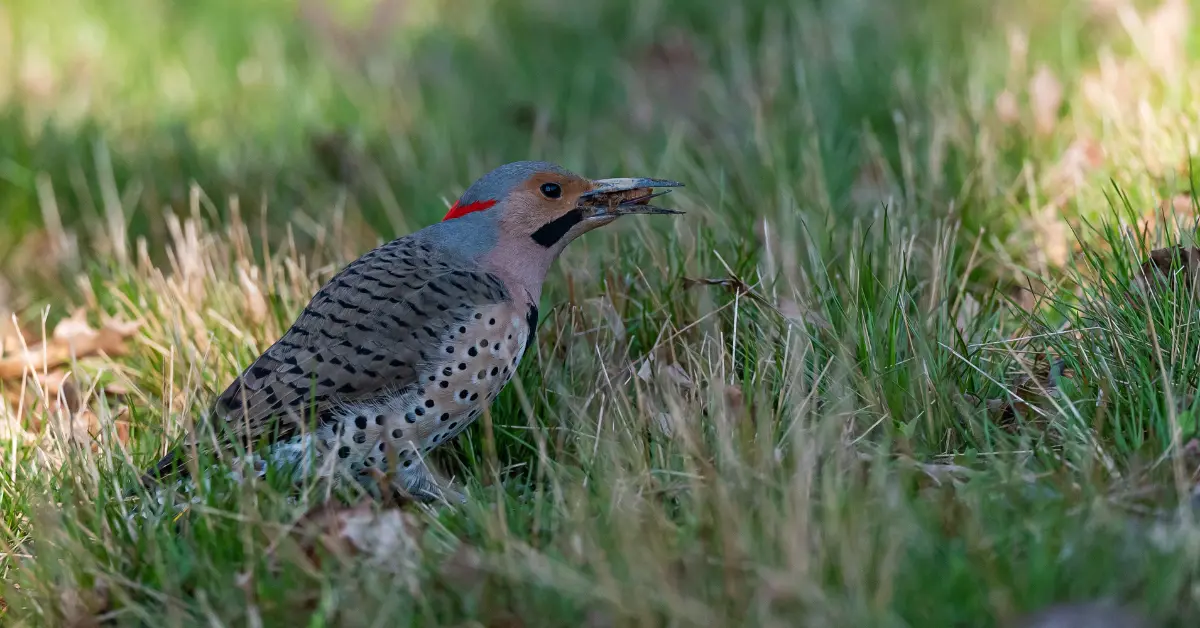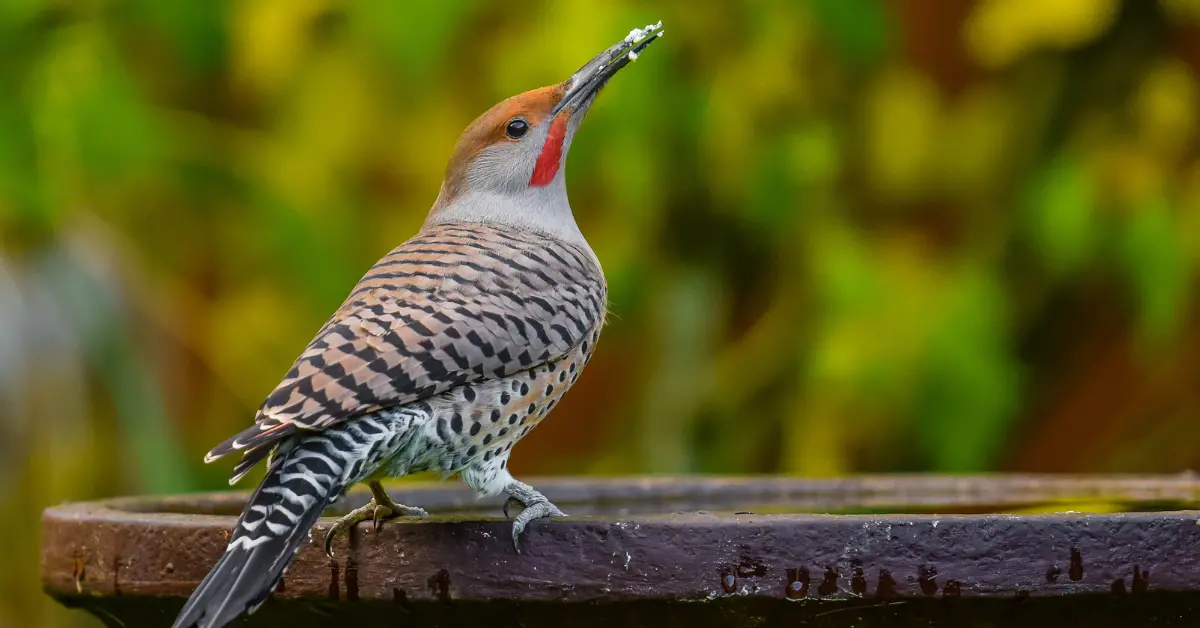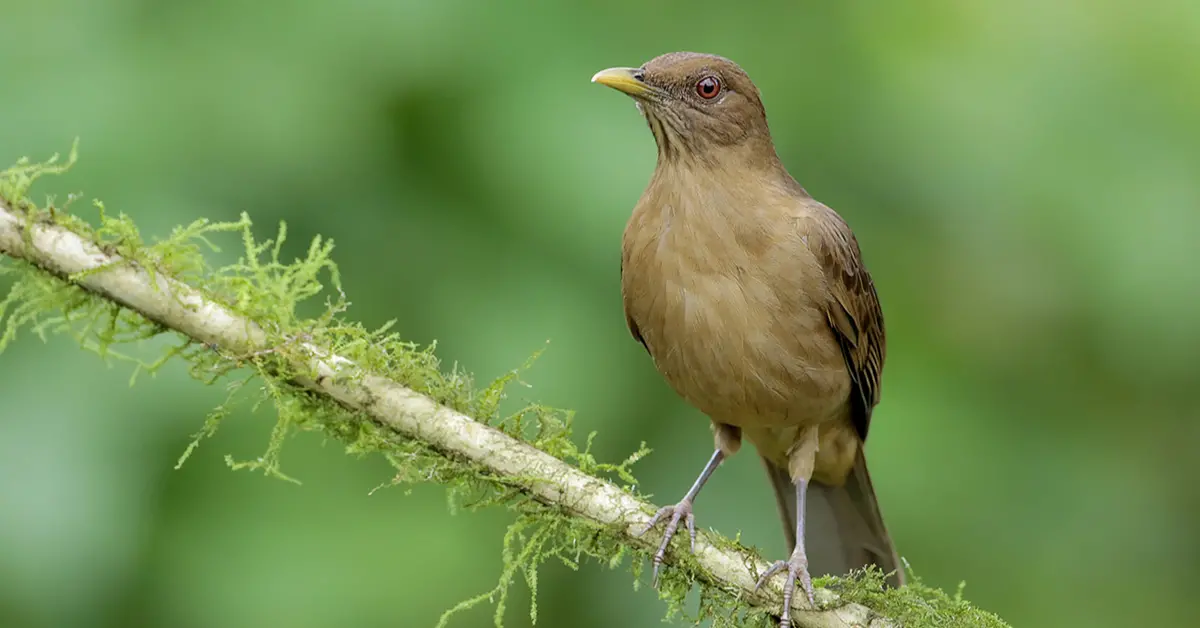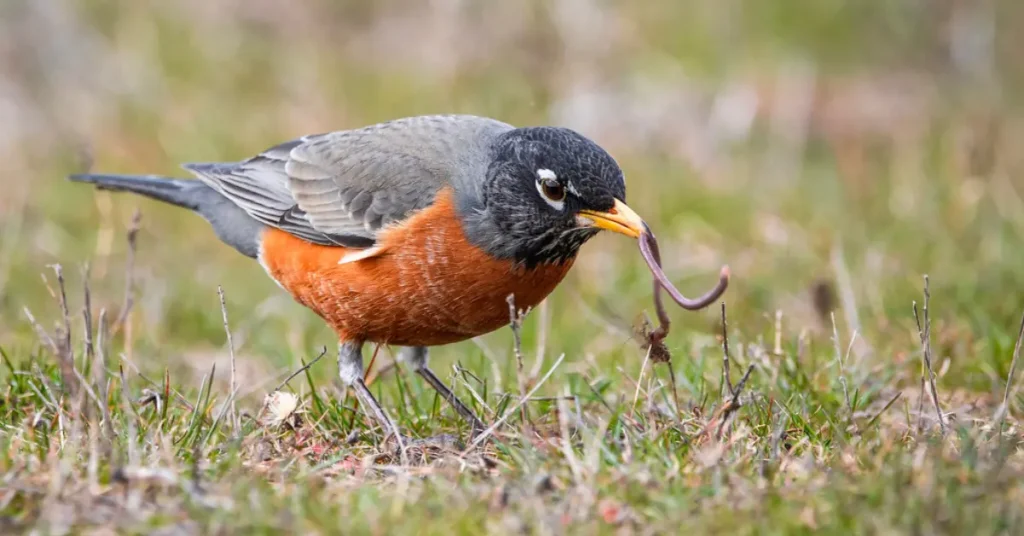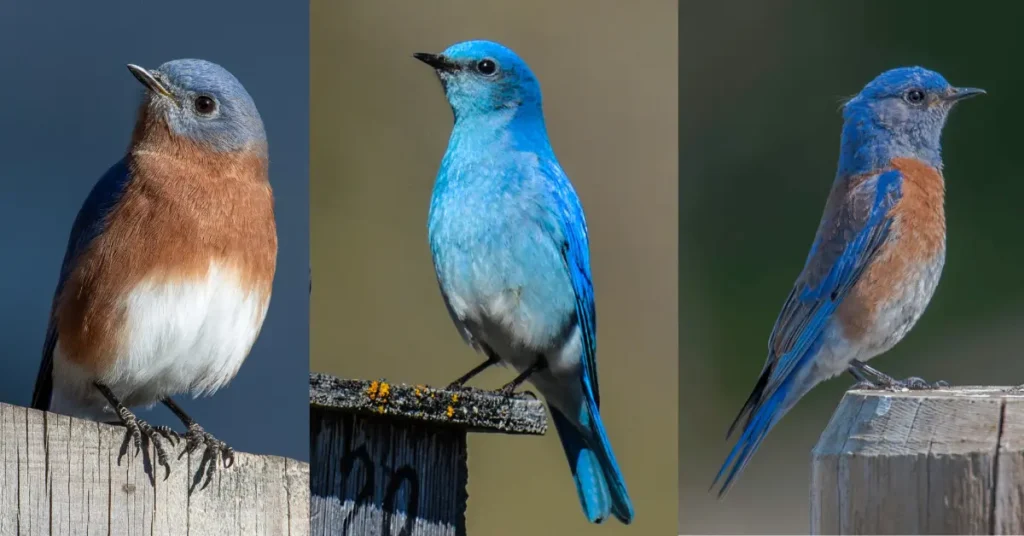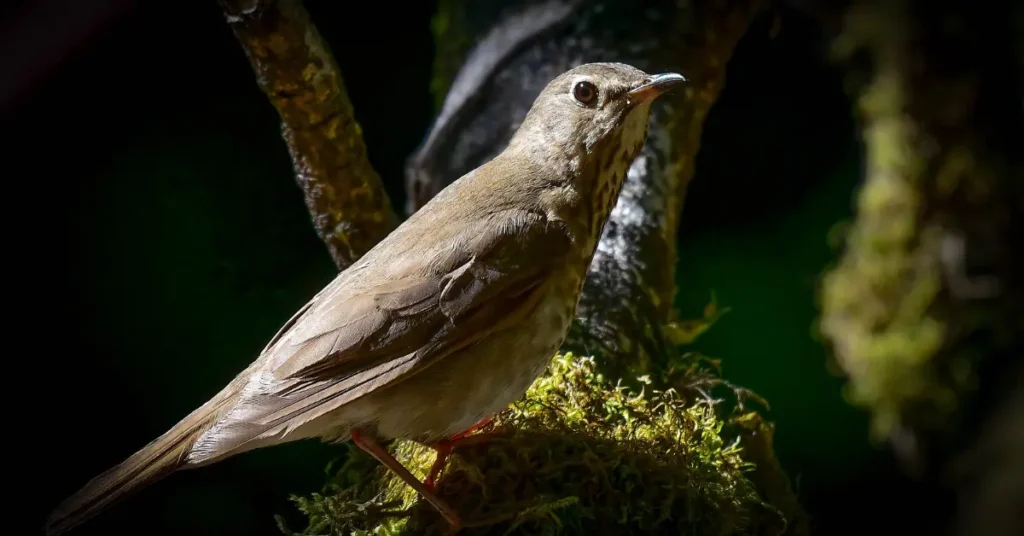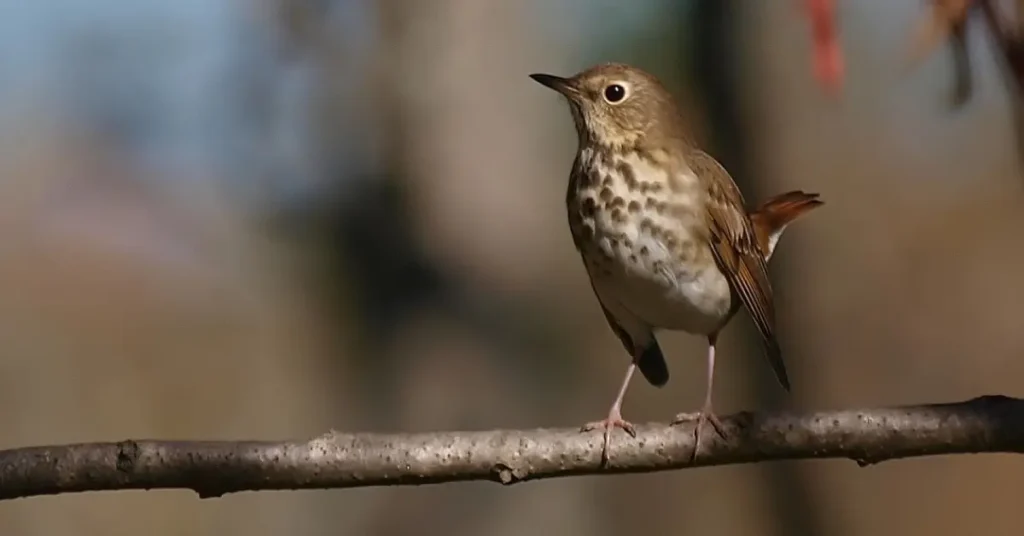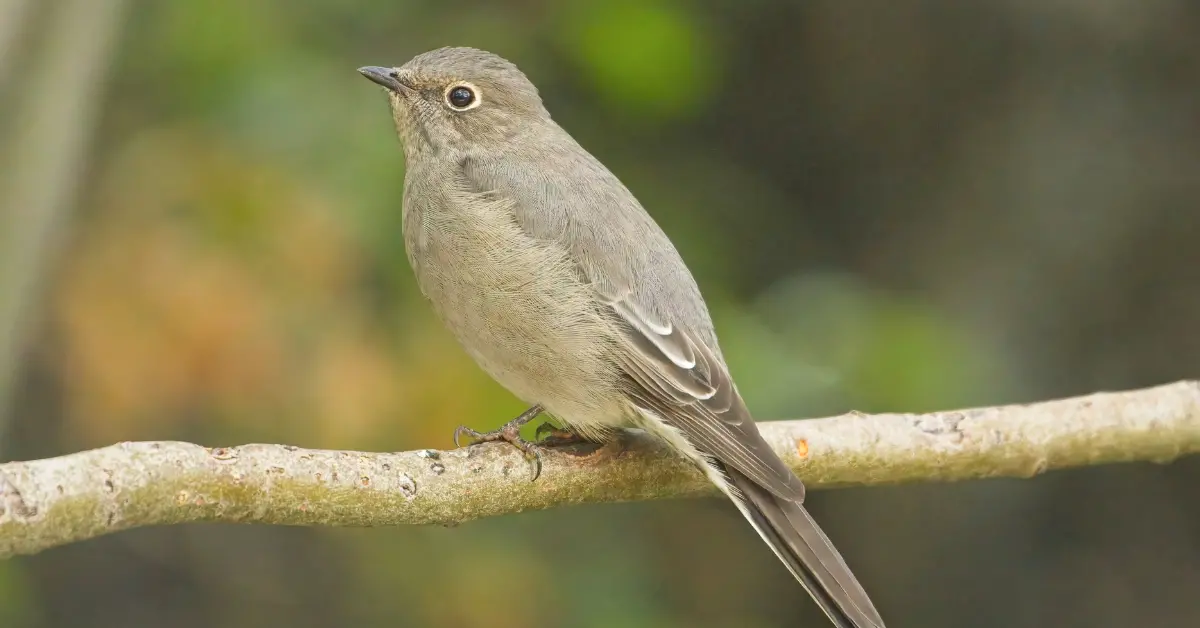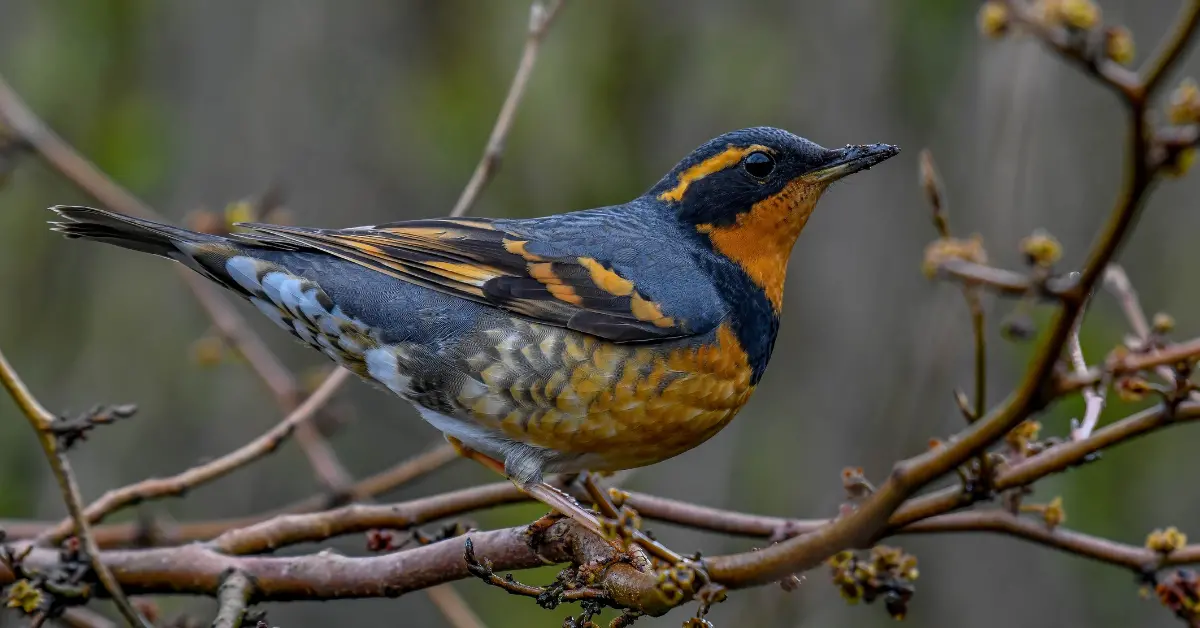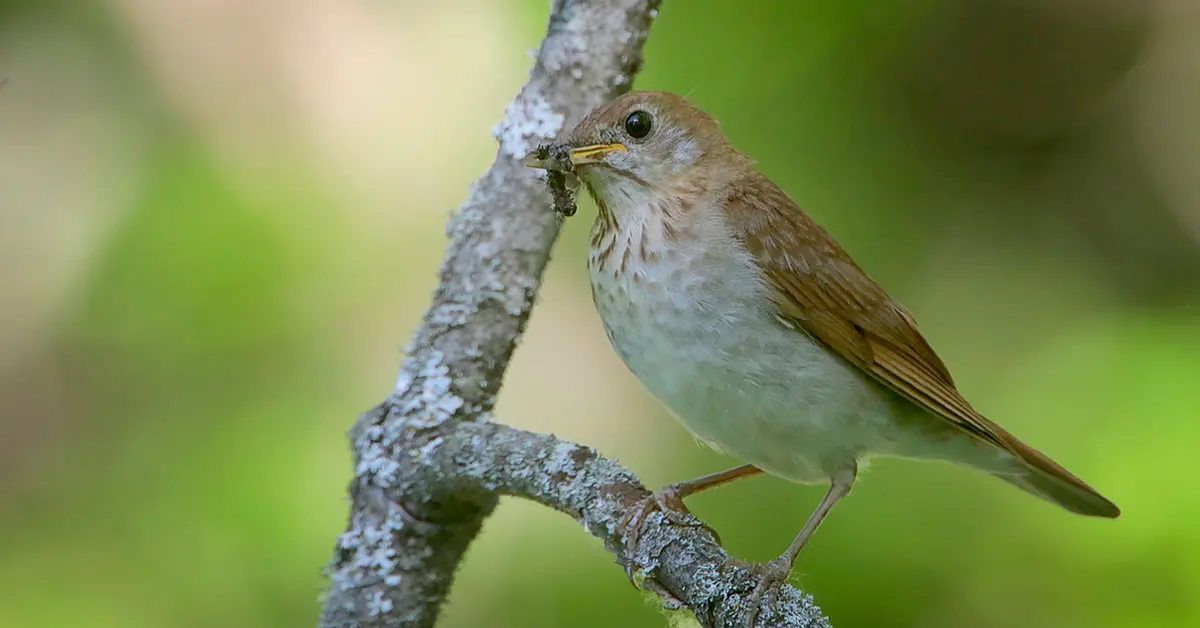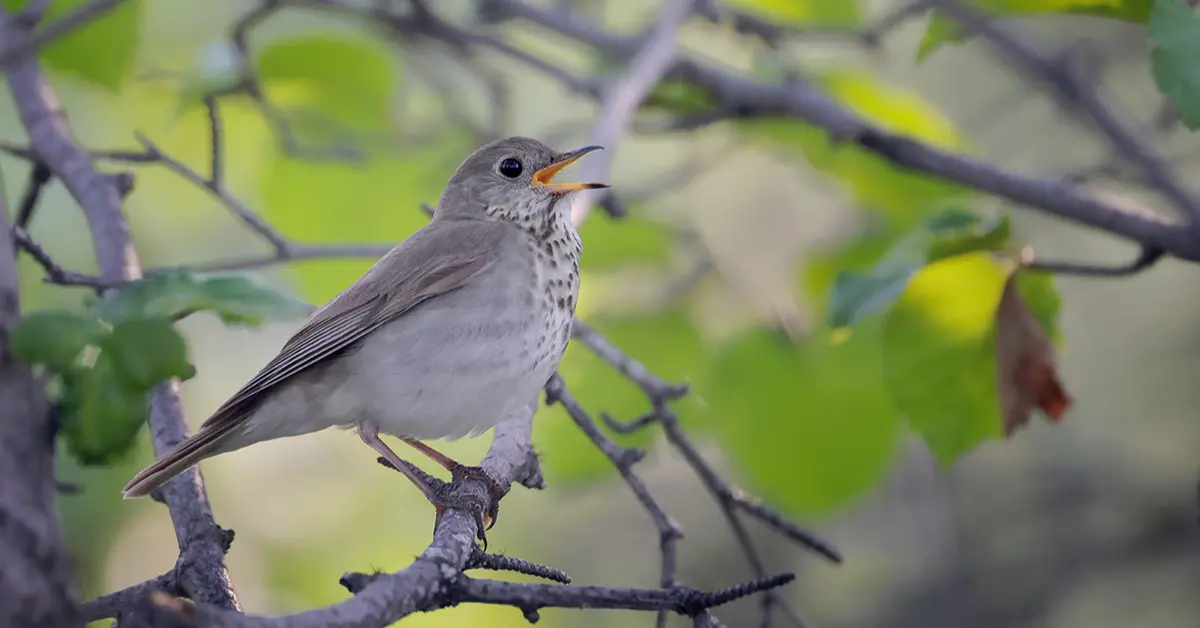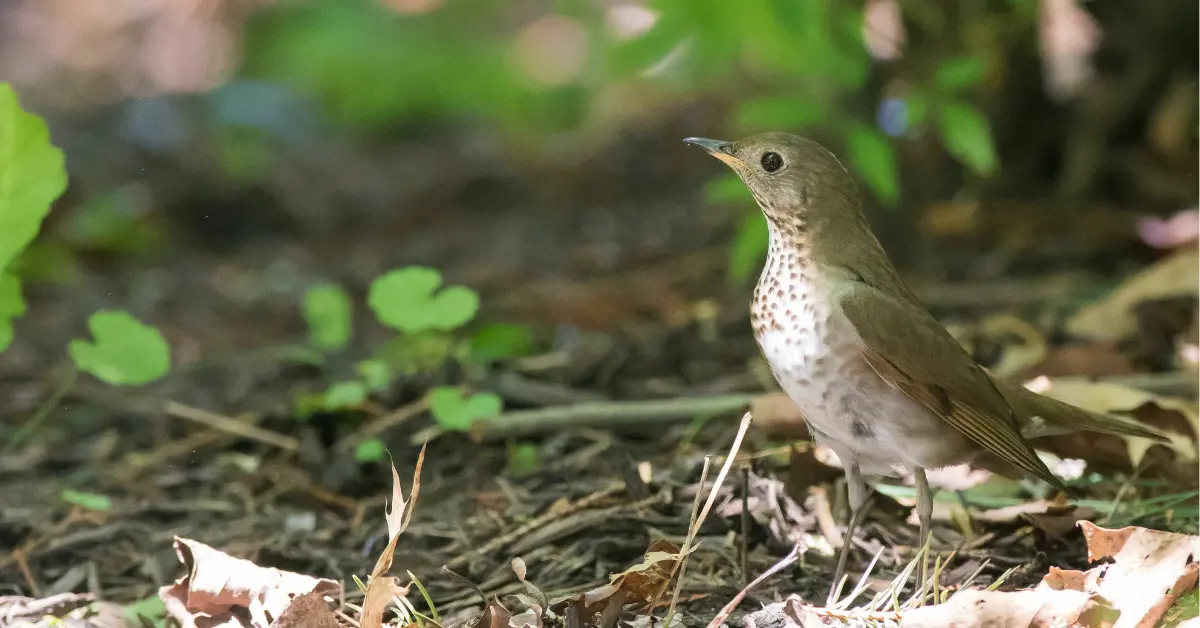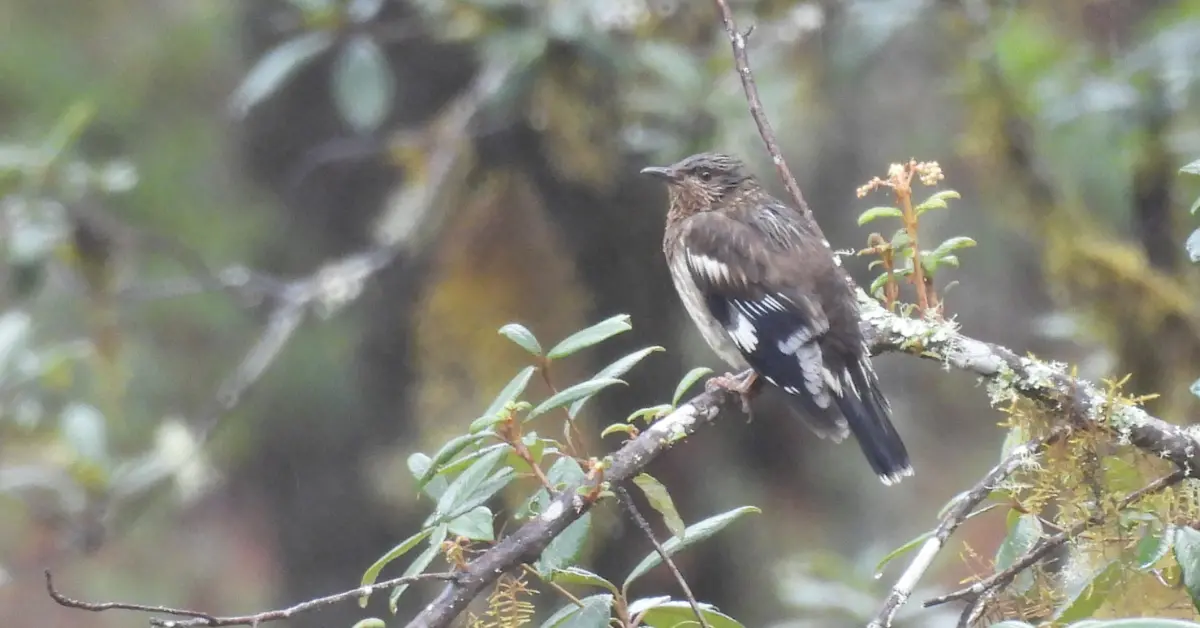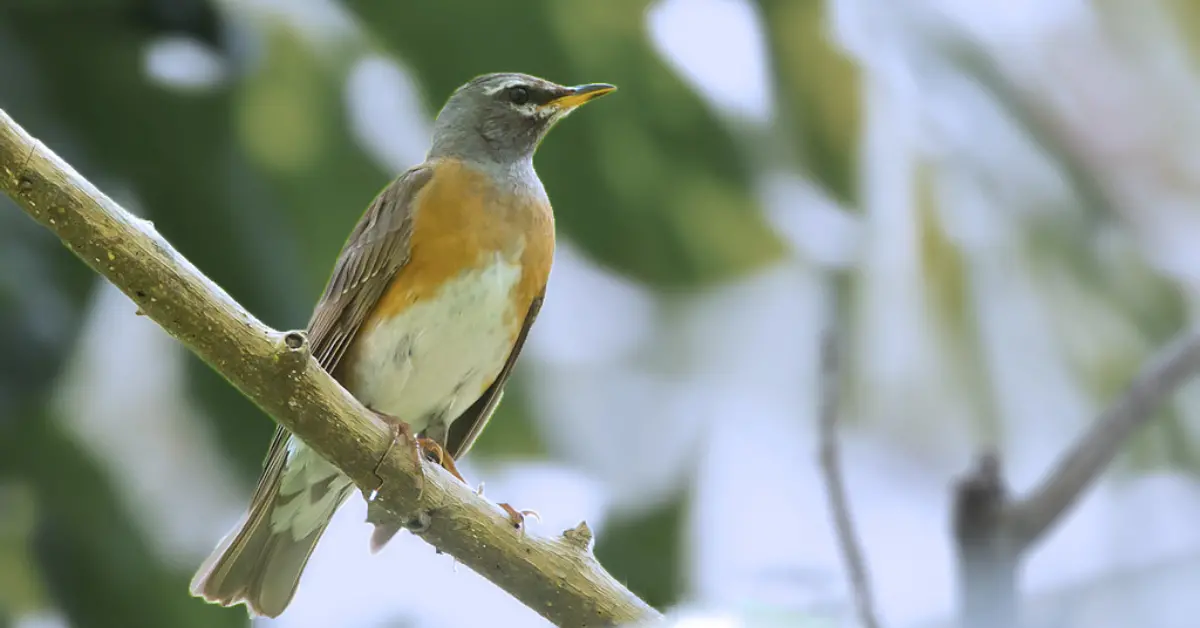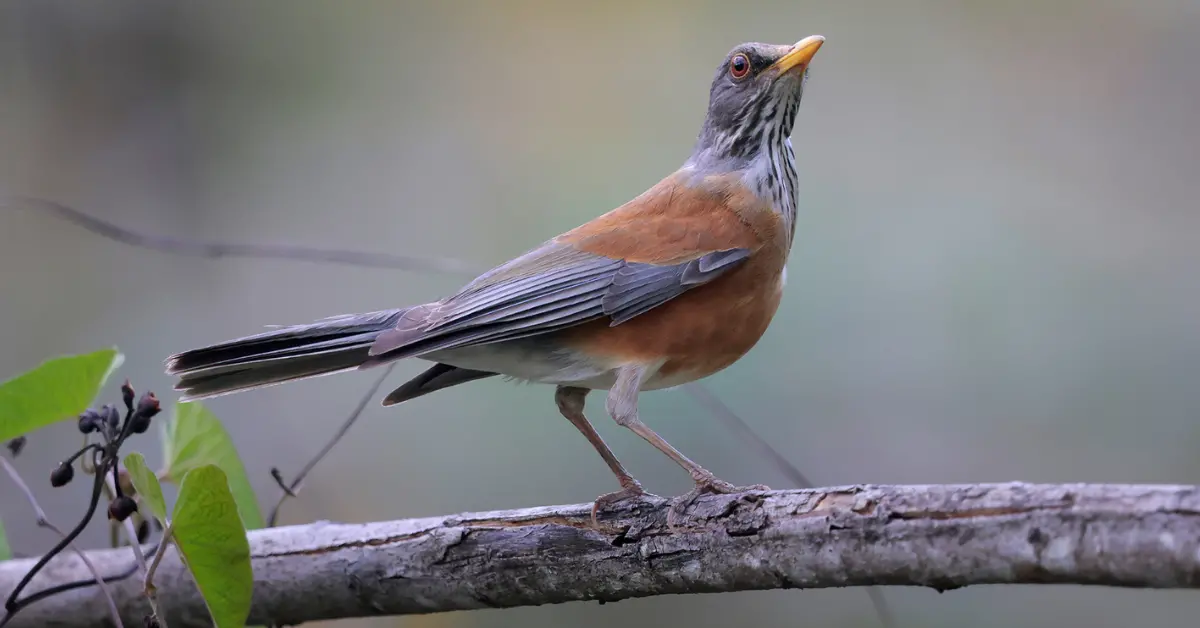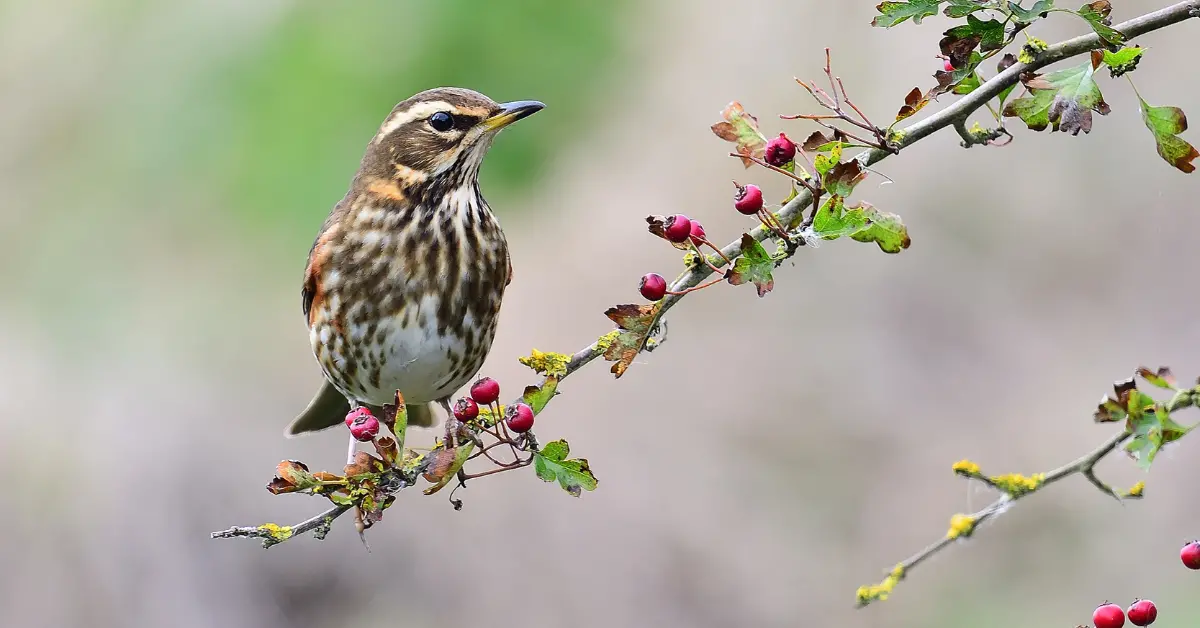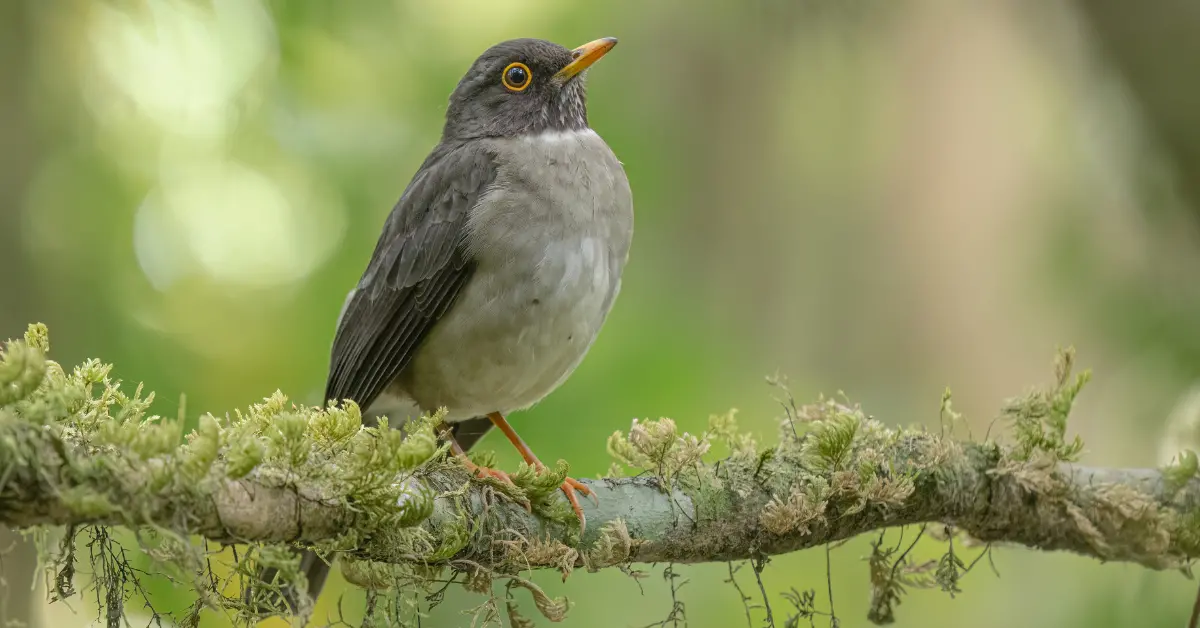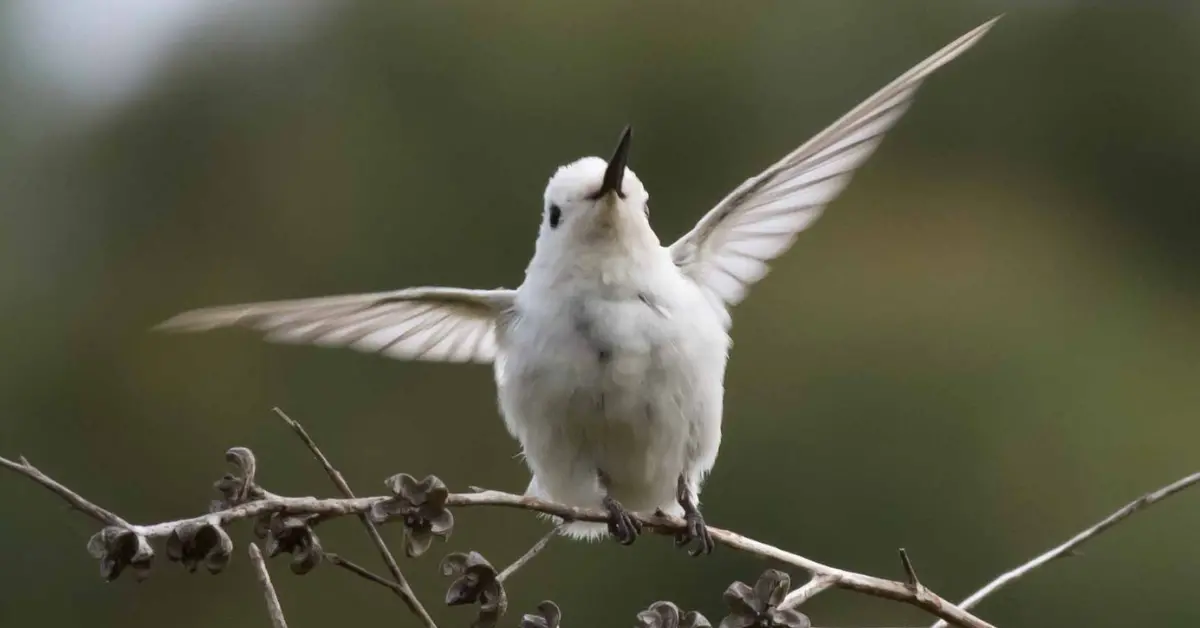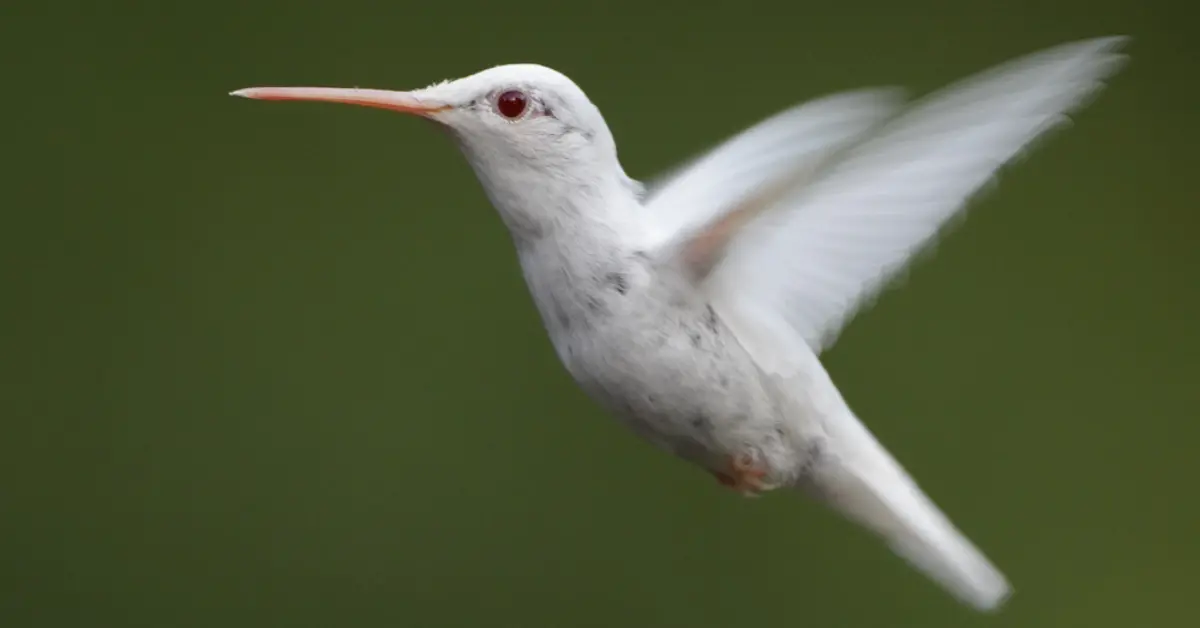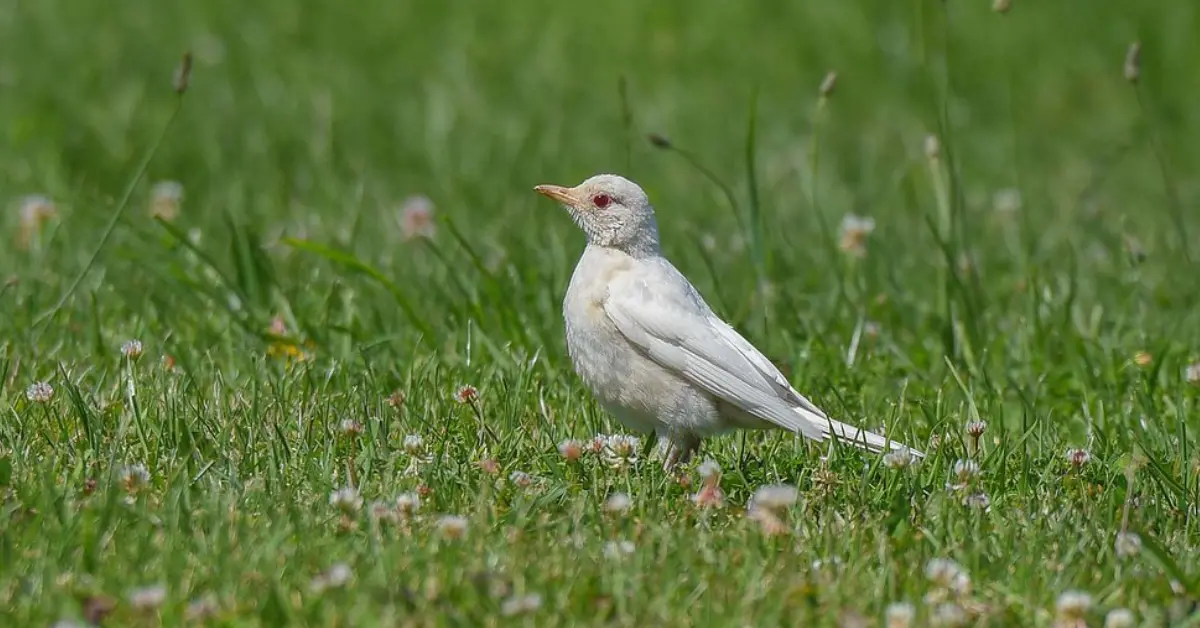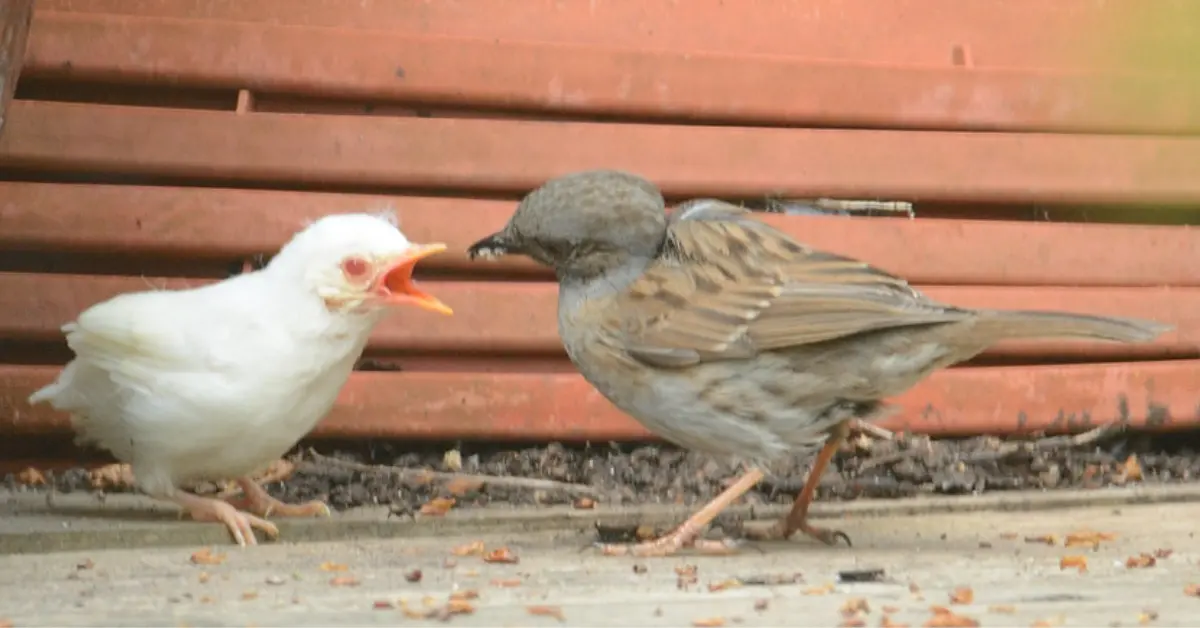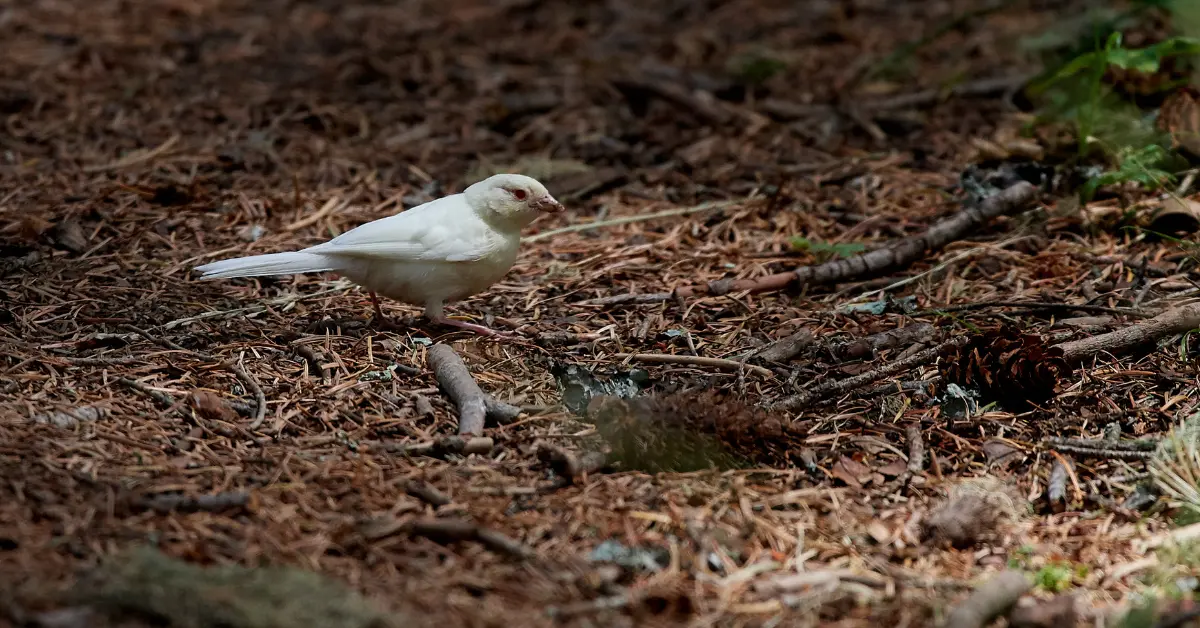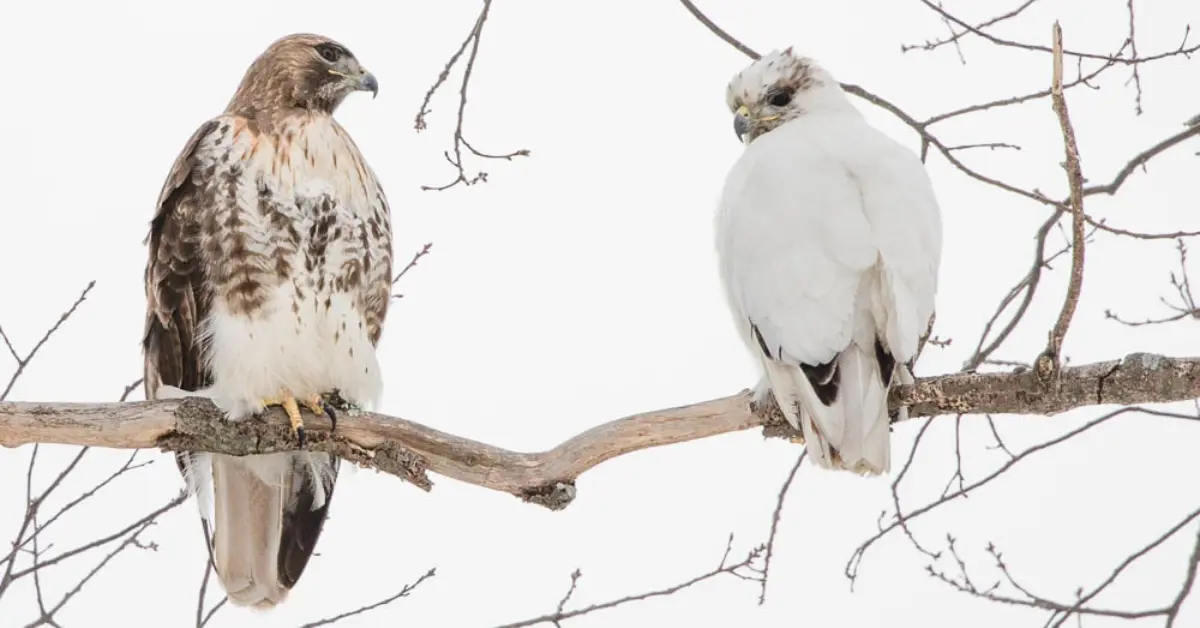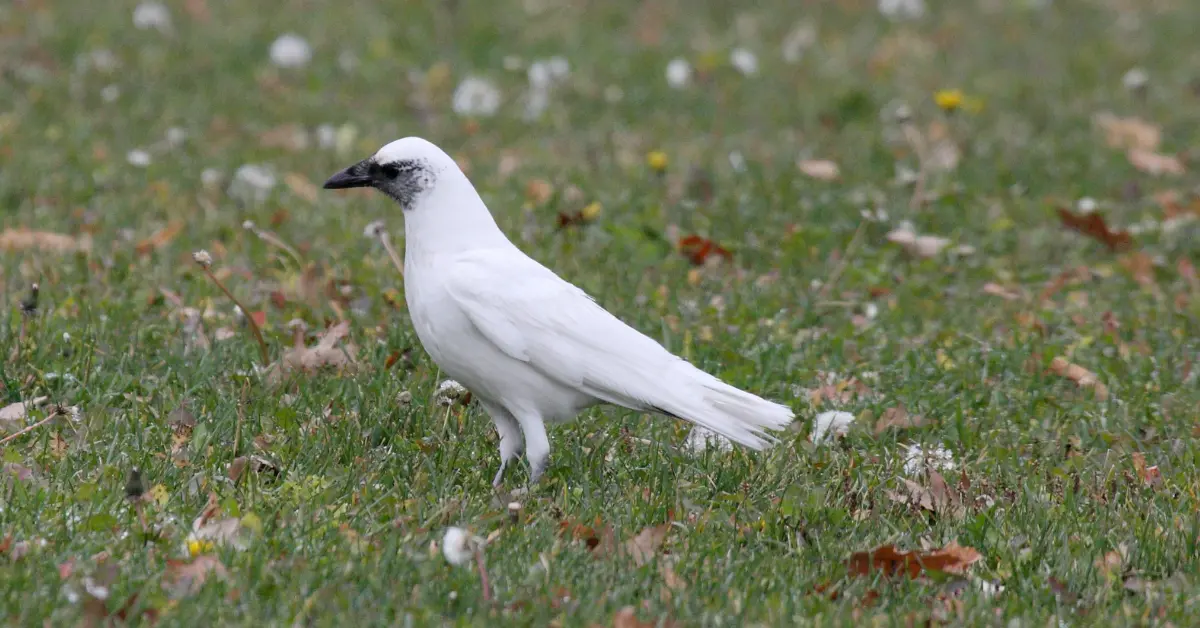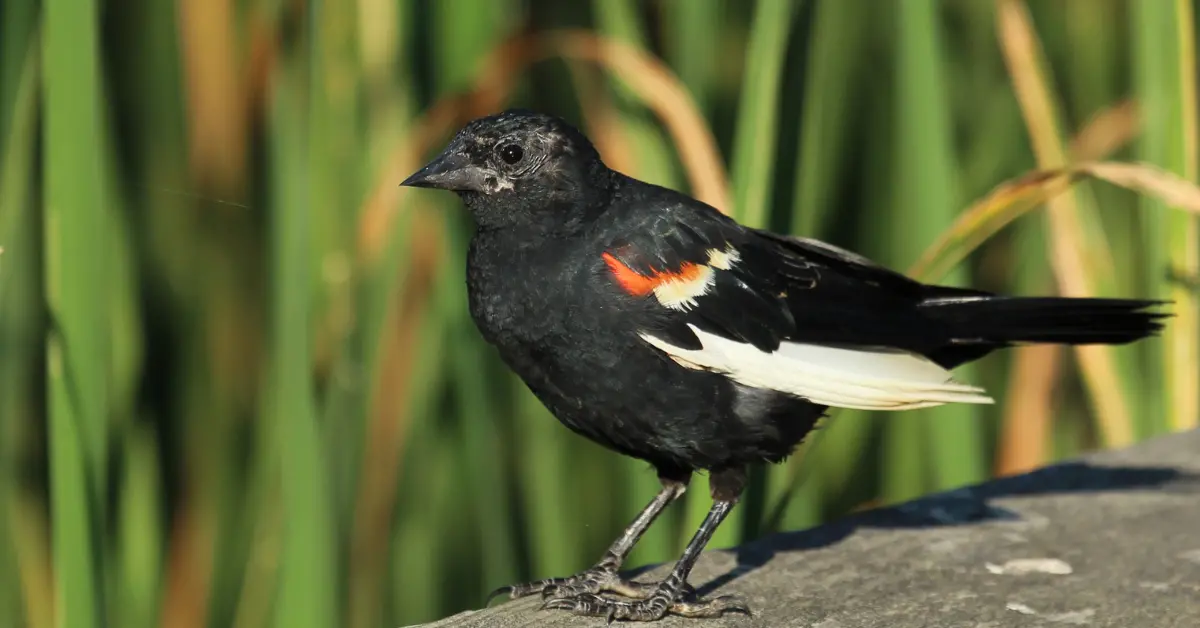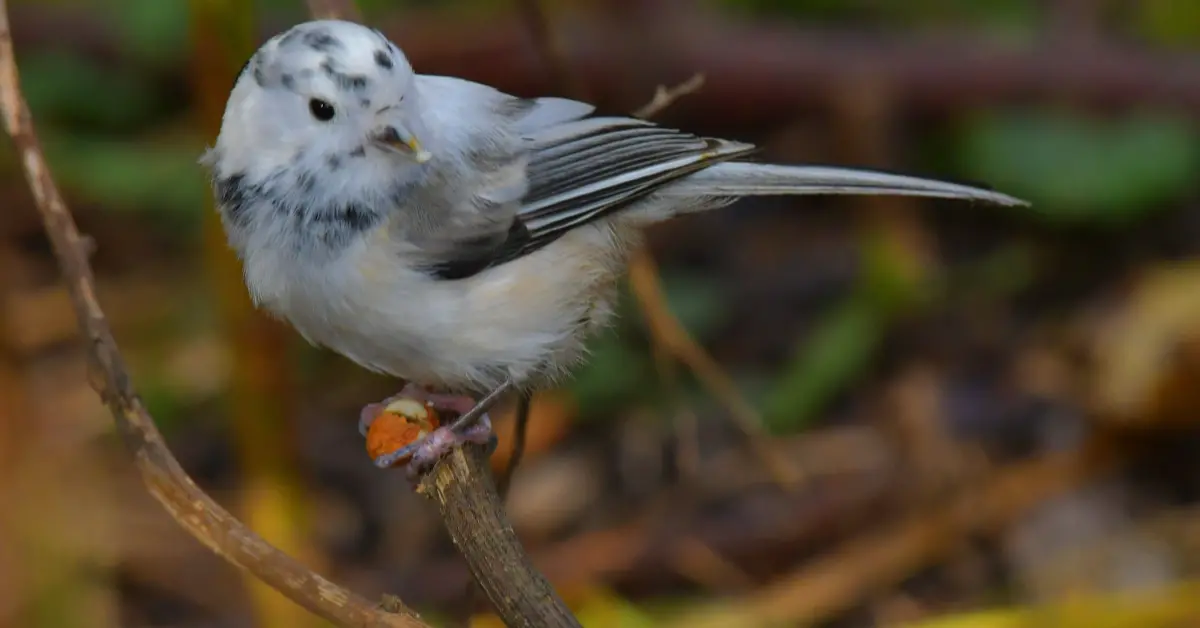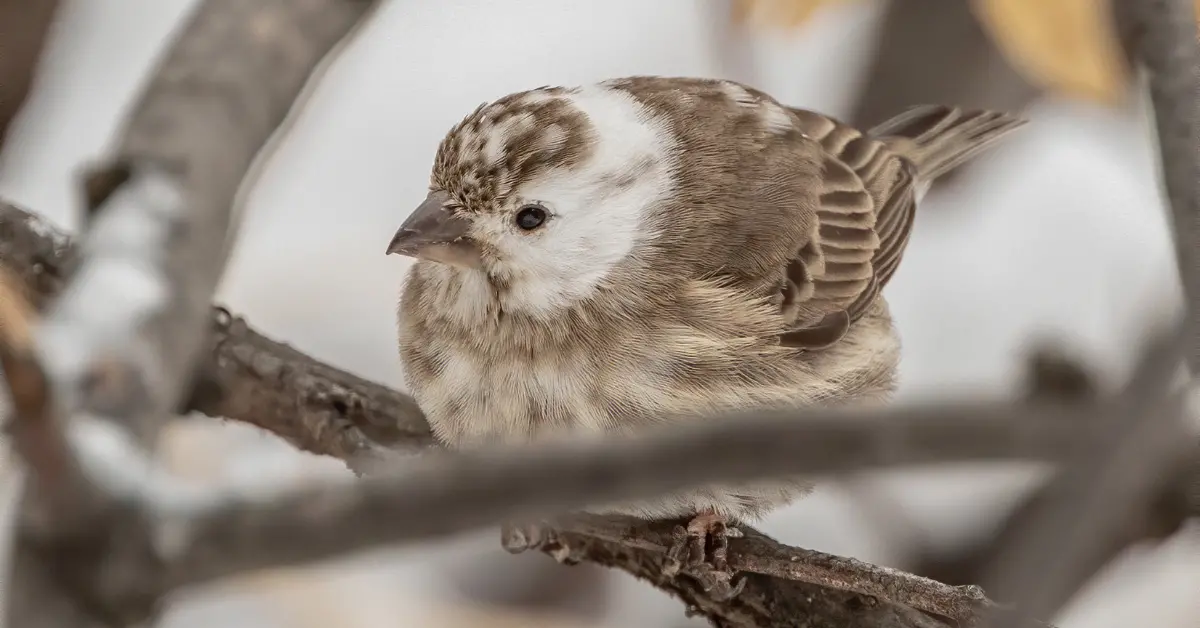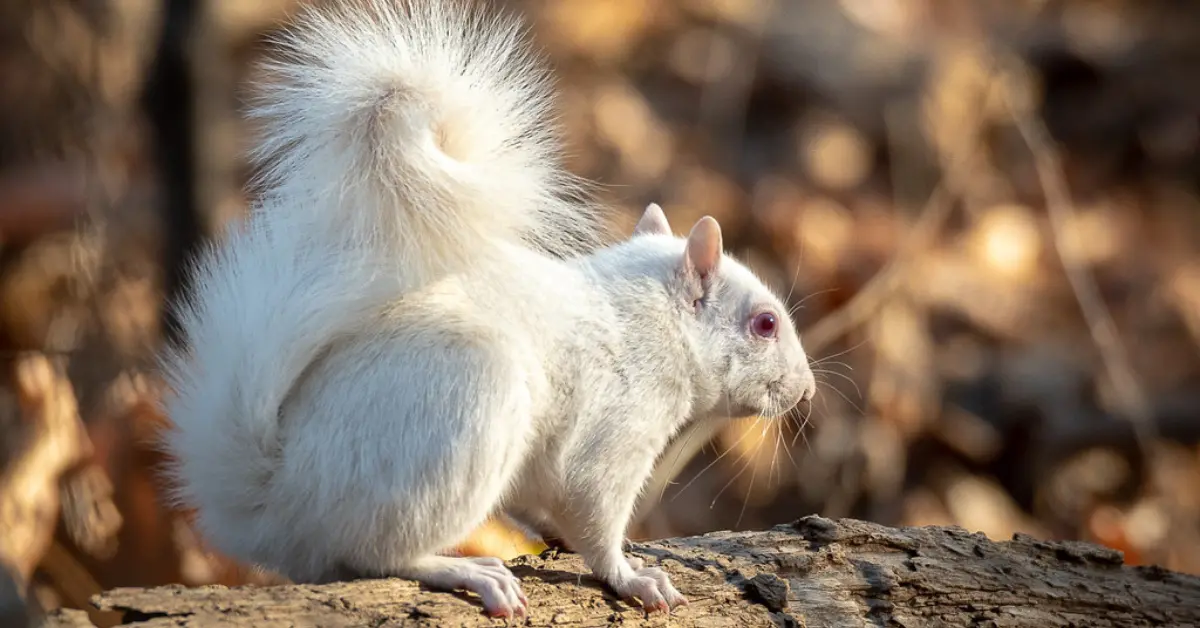North America has birds of all colors, whether it’s species with a rainbow of hues or ones with simple, natural patterns. However, white birds are some of the most mesmerizing animals you’ll see. They have feathers as pure as snow, making them look angelic and graceful. Many common white birds in North America are large, elegant birds that are sure to capture your attention.
So, keep your eyes peeled for these species as you explore nature trails across the continent.
What are Some Common White Birds in North America?
There are lots of birds in North America with some white feathers, but only certain species are almost completely white. While some birds can inherit a white appearance through albinism, many species naturally have that beautiful and unique coloring.
Below are a few of the most common and stunning white birds that you’ll find across North America. See if you can spot them as you explore different nature trails.
1. Great Egret (Tall White Birds)
Location: Wetlands across every continent except Antarctica
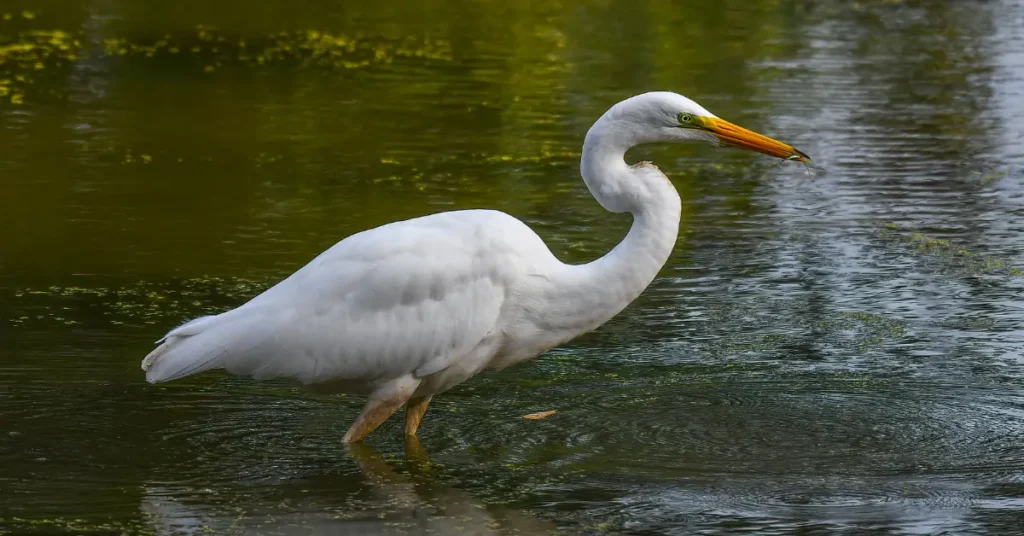
Great egrets stand three to four feet tall with solid white feathers and long yellow bills. They have an extremely wide range that includes the northern United States during the breeding season, but they also appear from the southern United States through South America year-round. You’ll often spot them standing at the edge of wetlands, waiting to lunge at fish that swim by.
2. Snowy Egret
Location: Wetlands from the United States through South America
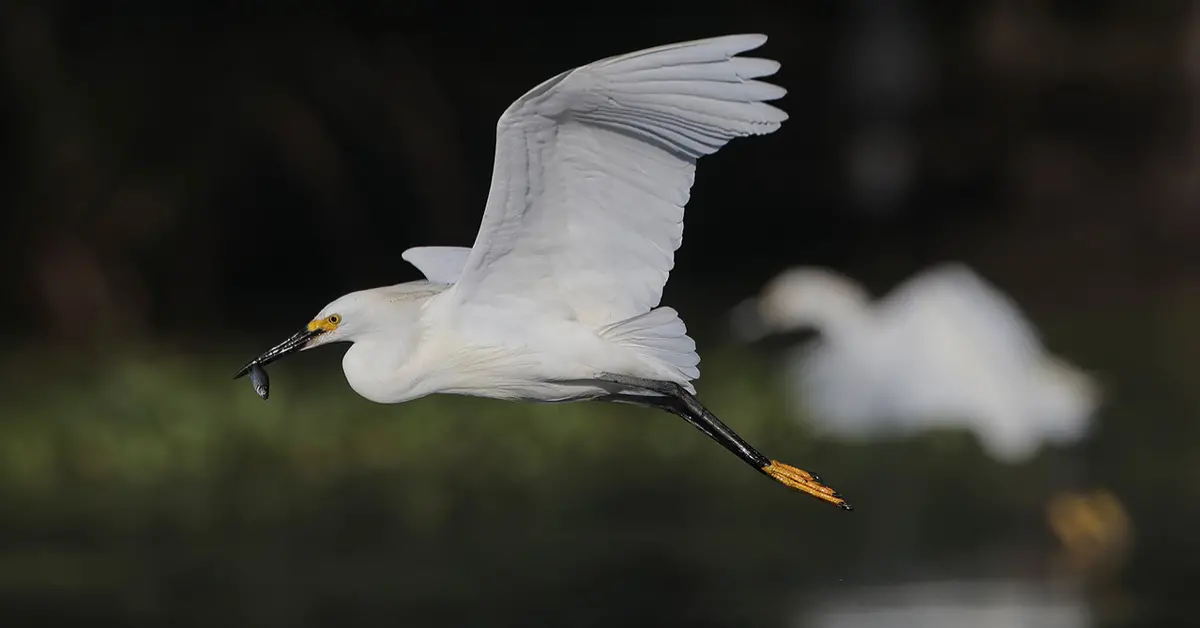
Despite being called a snowy egret, these birds avoid cold weather. Instead, they’re named for their pure white plumage, which looks like tufts of snow. They live across the United States during the breeding season and fly south for the winter, but some stay in warm regions year-round. They walk through water with their long, narrow legs, stirring up aquatic creatures for food.
3. American White Pelican
Location: Lakes and marshes from central Canada through northern Central America
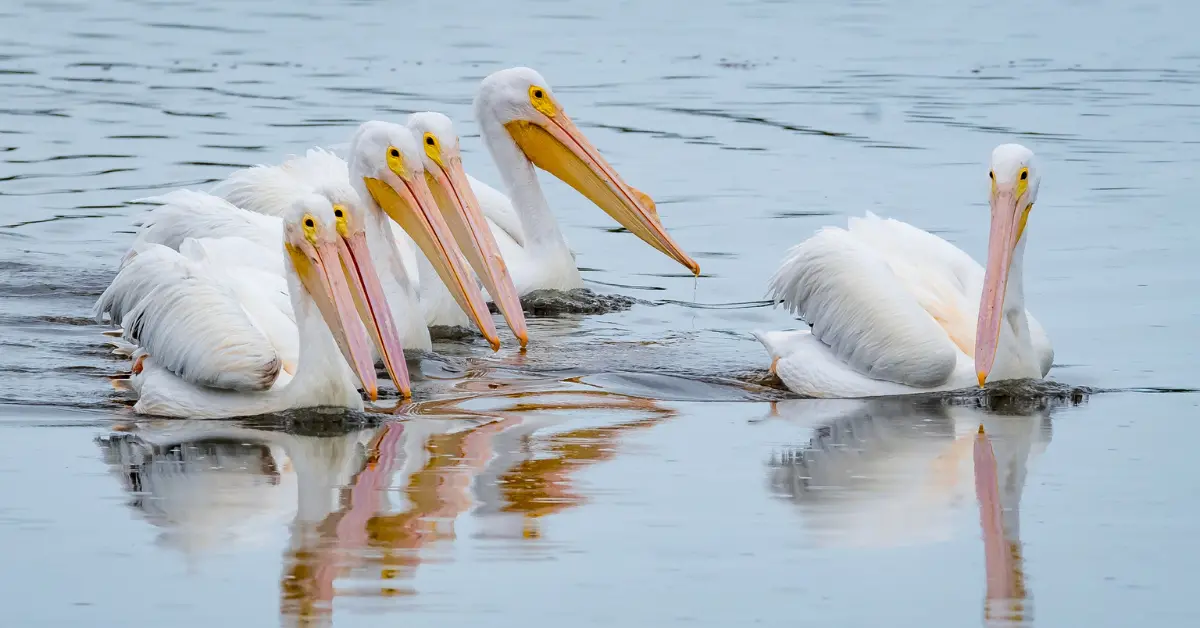
This species has an iconic look that features a large orange bill that extends when they scoop up fish. They have a distinct bump on the top of their bills, and their feathers are completely white except for black feathers on the edge of their wings. While cartoons make it seem like pelicans carry food or water around in their bills, they actually swallow it immediately after scooping it up.
4. Trumpeter Swan (Loud White Birds)
Location: Ponds, lakes, rivers, and marshes from Alaska to central United States
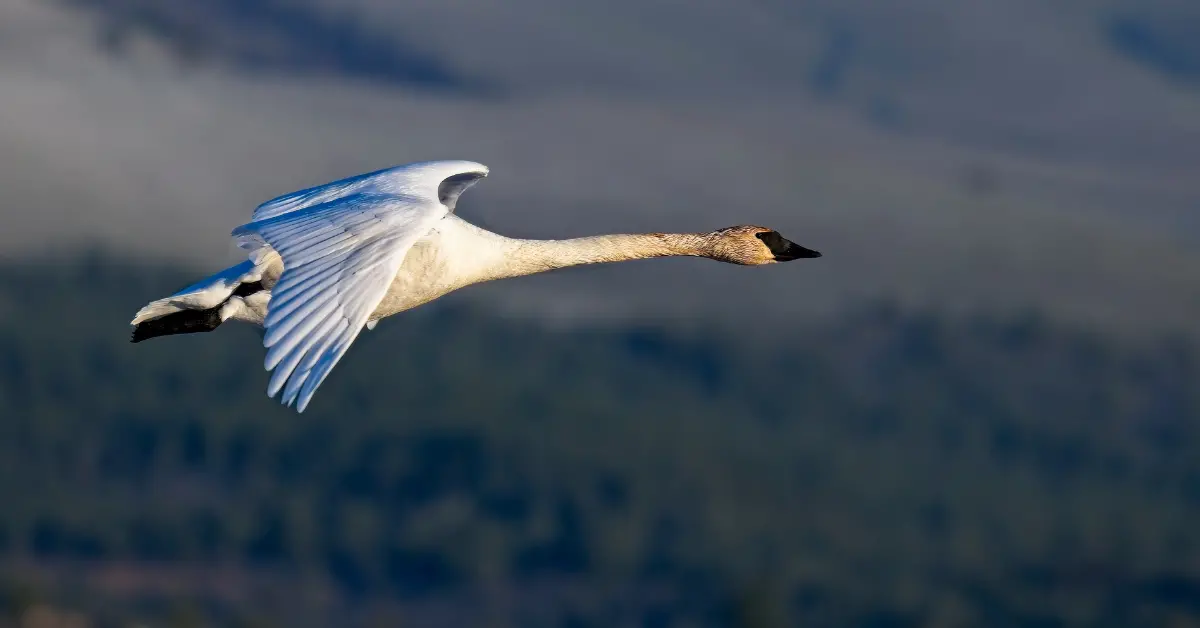
The trumpeter swan is North America’s biggest native waterfowl. They can grow six feet long and weigh over 25 pounds. Due to their impressive size, they need to run 100 yards before taking off into the air. Like all swans, they’re known for their elegant appearance, which features white feathers with a solid black bill. Their name comes from the deep horn-like sound they make.
5. Snowy Owl
Location: Arctic regions of North America and Eurasia
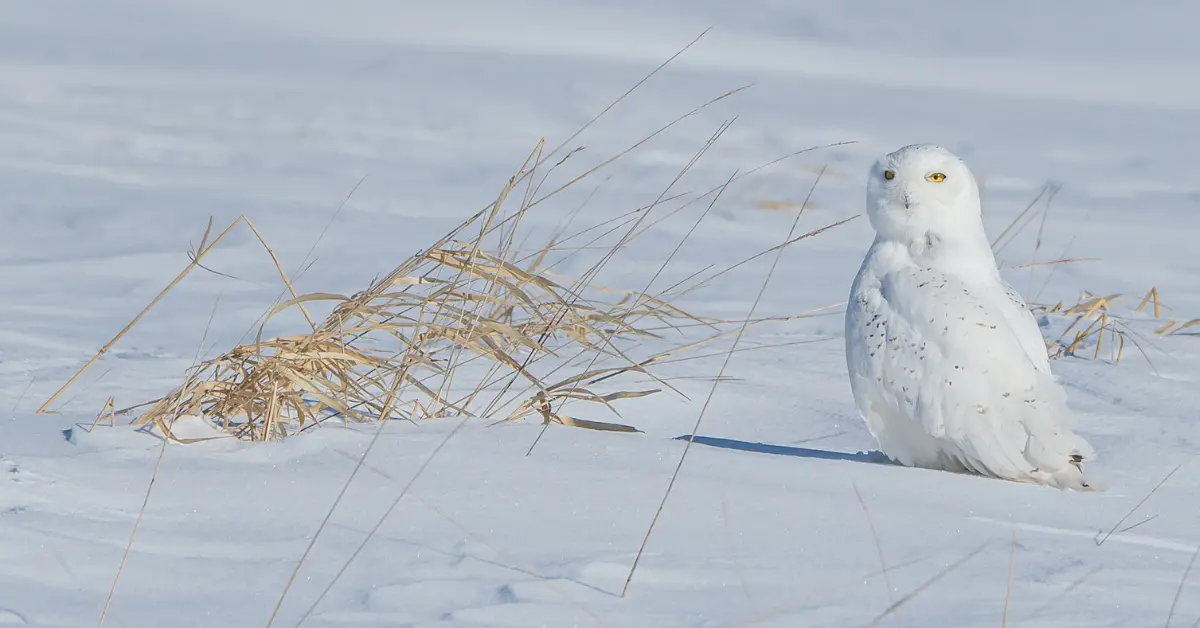
Snowy owls have white feathers that help them blend into their snow-covered habitats. Males are often solid white while females are more likely to have specks of darker coloring. Both males and females have bright yellow eyes. They typically perch in open areas where they can scan their surroundings and locate prey easily. Despite weighing up to 6.5 pounds, their flight is silent so animals don’t hear them approaching.
6. White Ibis (Coastal White Birds)
Location: Wetlands of southeastern United States and coastal areas from Mexico to northern South America
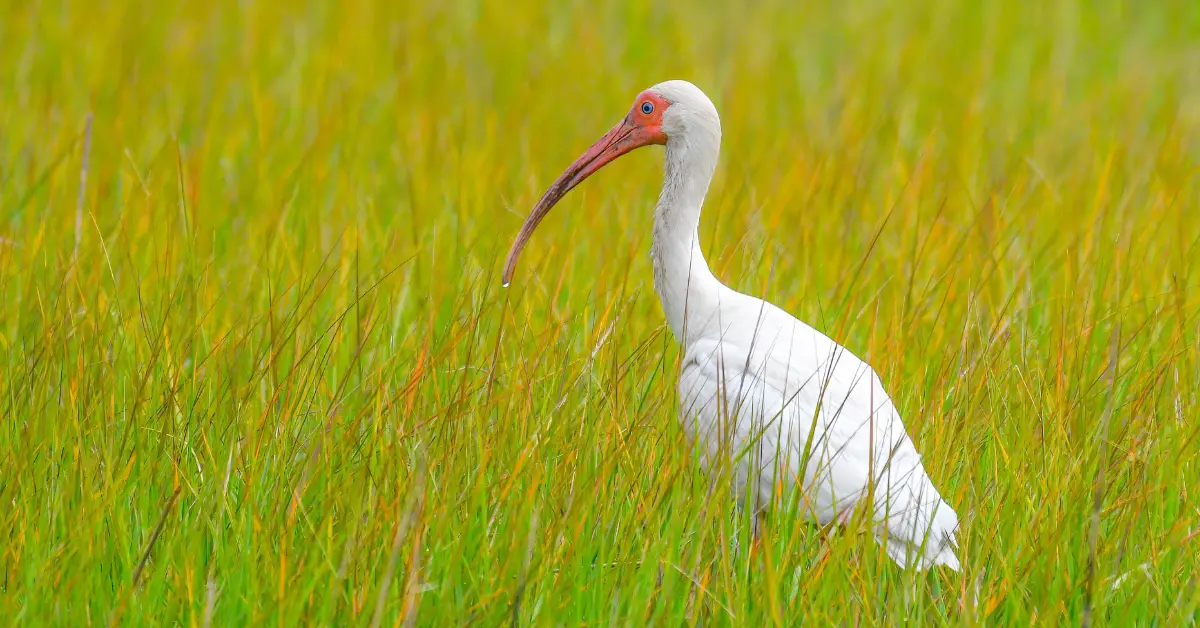
These birds have pure white feathers and long necks, but their most notable characteristic is their curved red bills. While wading in the water with their long legs, they use their unique bills to probe the substrate for food. When they hatch, their bills are straight, but they slowly curve throughout the first two weeks of the bird’s life.
7. Cattle Egret
Location: Grasslands, farmlands, and wetlands on every continent except Antarctica
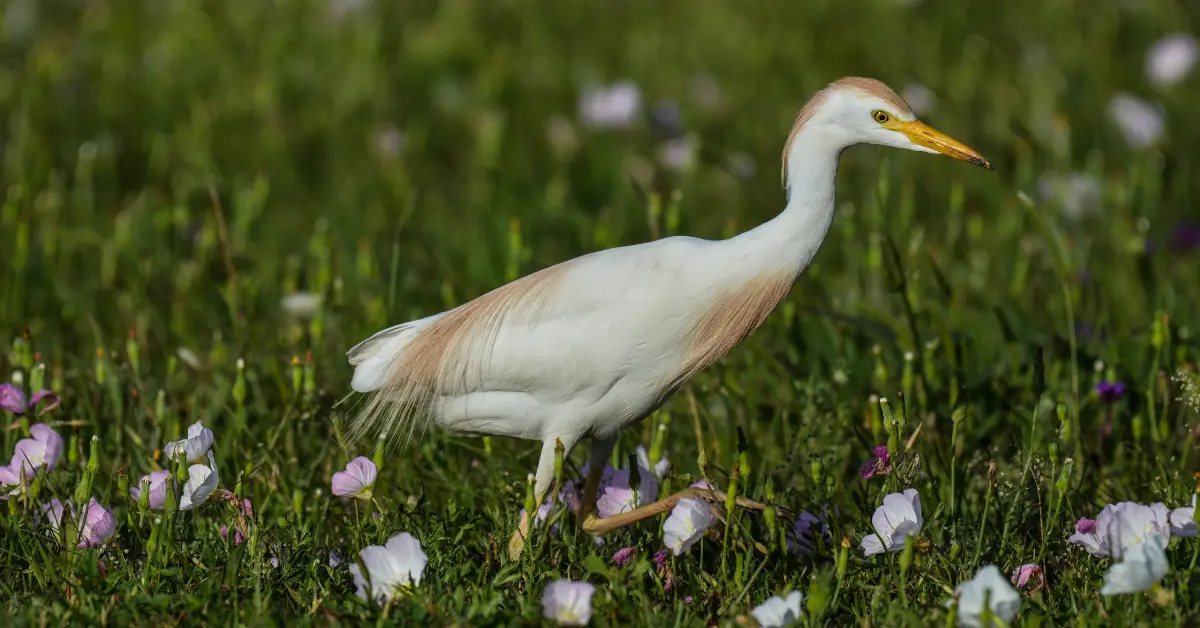
Like great egrets, these white birds have a wide range, but this species is much smaller, only reaching about 22 inches tall. Some cattle egrets live near wetlands like similar species, but many of them forage near large animals like cattle to eat ticks and other pesky critters. They’re primarily white with an orange bill, but they have pale brown feathers on their crest, chest, and wings.
8. American Herring Gull (Common White Bird)
Location: Near water and open areas across Canada, United States, the Caribbean, and parts of Mexico
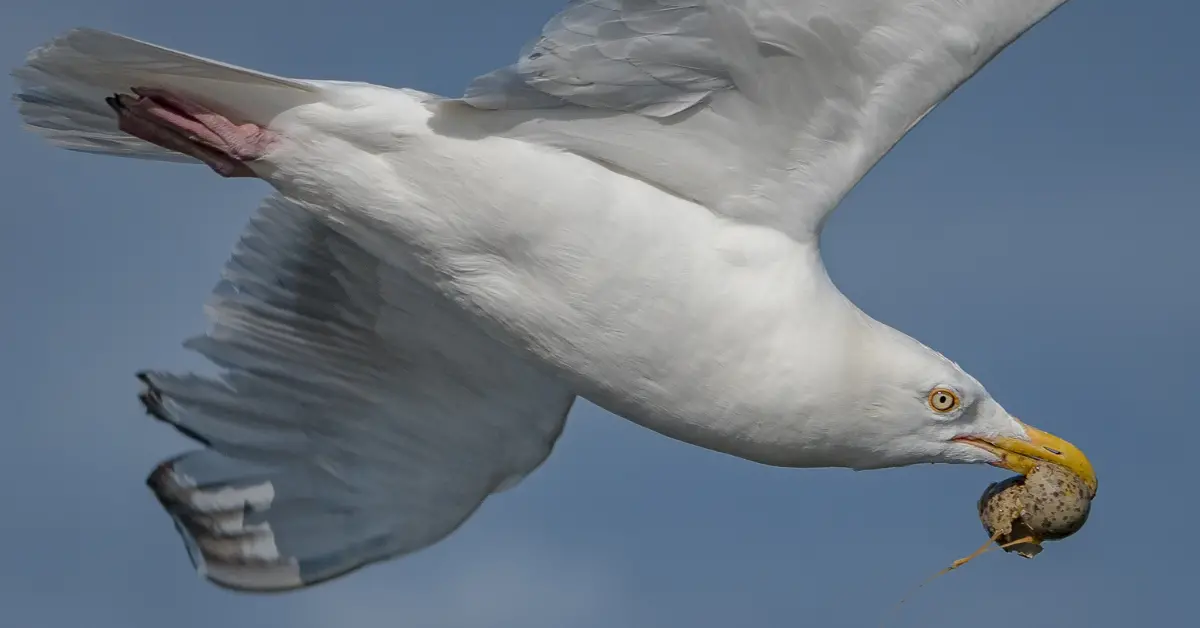
If you’ve seen a white seagull with black wing tips flying around North America, it’s likely an American herring gull. While they primarily live near bodies of water, they have spread to nearly all habitats of North America. They flock in areas with available food, which can include dumpsters and parking lots. Up until 2024, these birds were the same species as the European Herring Gull, Mongolian Gull, and Vega Gull.
9. White Tern (Angelic White Birds)
Location: Tropical islands worldwide, such as Hawaii
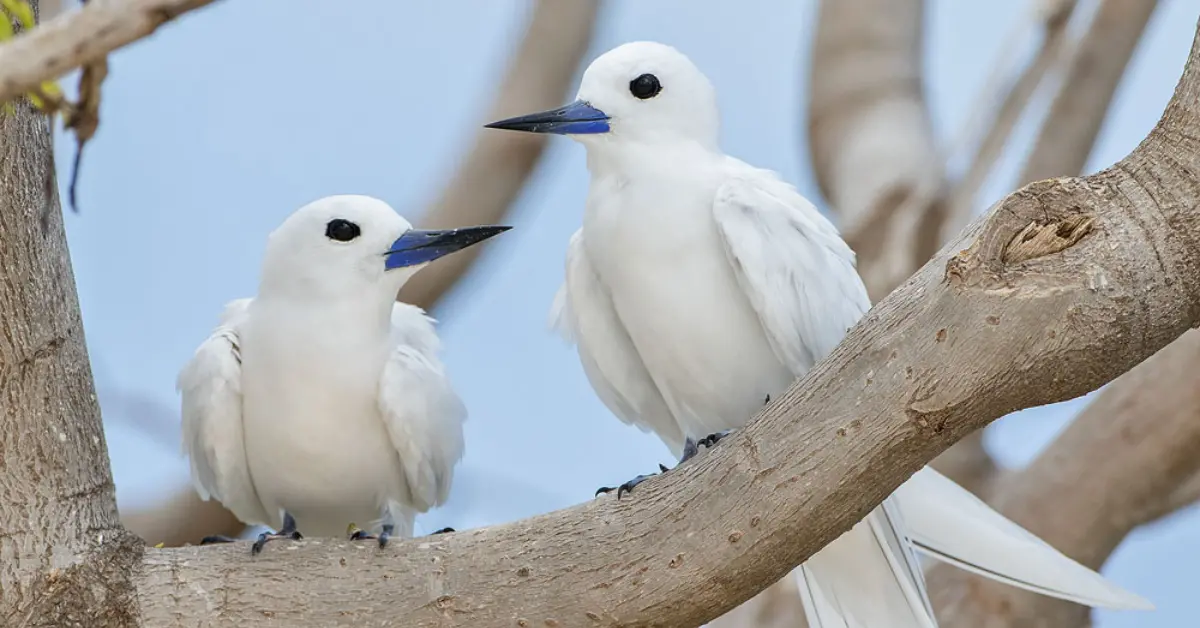
You won’t see white terns much in North America unless you’re on a tropical island. Then, there’s a good chance you’ll spot these majestic solid white birds. They’re so graceful that people often call them “angel terns” or “fairy terns.” Rather than building nests, they scratch bark off tree branches and lay their eggs in the indents they create.
10. White Hawk
Location: Lowland habitats from southern Mexico to northern South America
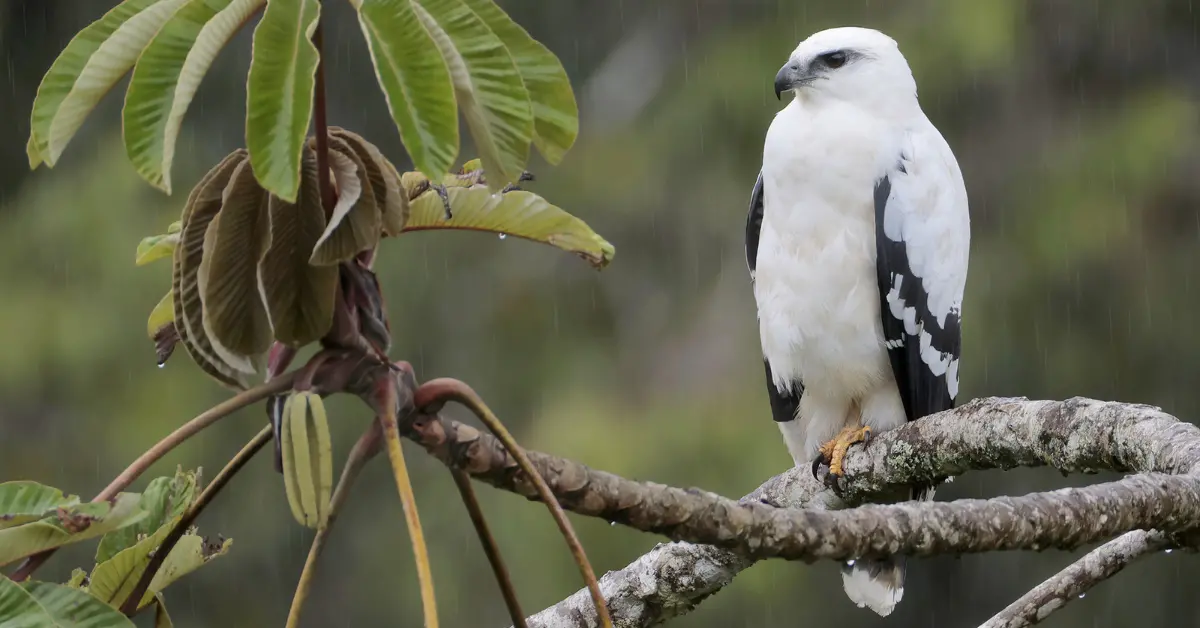
As the name implies, these hawks primarily have white feathers, but their coloring varies based on location. The further north they are, the whiter their feathers are. Yet, the southern white hawks have black on their wings and tails. They spend most of their time soaring, so look up in the sky. You’ll likely hear their sharp calls before seeing them. Most of the time, they fly alone or in small groups.
11. Snow Bunting (Small White Birds)
Location: Arctic tundra, fields, and prairies of North America, Europe, and Asia

North American buntings come in a wide range of colors, but white is always the main color on snow buntings. Breeding males are the purest white while nonbreeding males have rusty streaks in their feathers and females have brown patches. These birds breed high in arctic settings before flying down to southern Canada and the northern United States in large flocks. When males first arrive at their breeding grounds, temperatures can get as low as -22° F.
12. Whooping Crane (Endangered White Birds)
Location: Swampy wooded areas in parts of Canada and the United States

Despite being the tallest birds in North America, it’s hard to spot these majestic animals. They were almost extinct in 1973 with only 50 remaining due to hunting and habitat loss. The Endangered Species Act helped turn things around, and there are about 600 wild whooping cranes today. Their range is still sparse with only a few populations scattered throughout patches of North America. Whooping cranes are solid white everywhere except for the red skin patch on their head and the dark mustache-like coloring beneath their eyes.
13. Mississippi Kite
Location: Open woodlands and grasslands from southern United States to northern South America
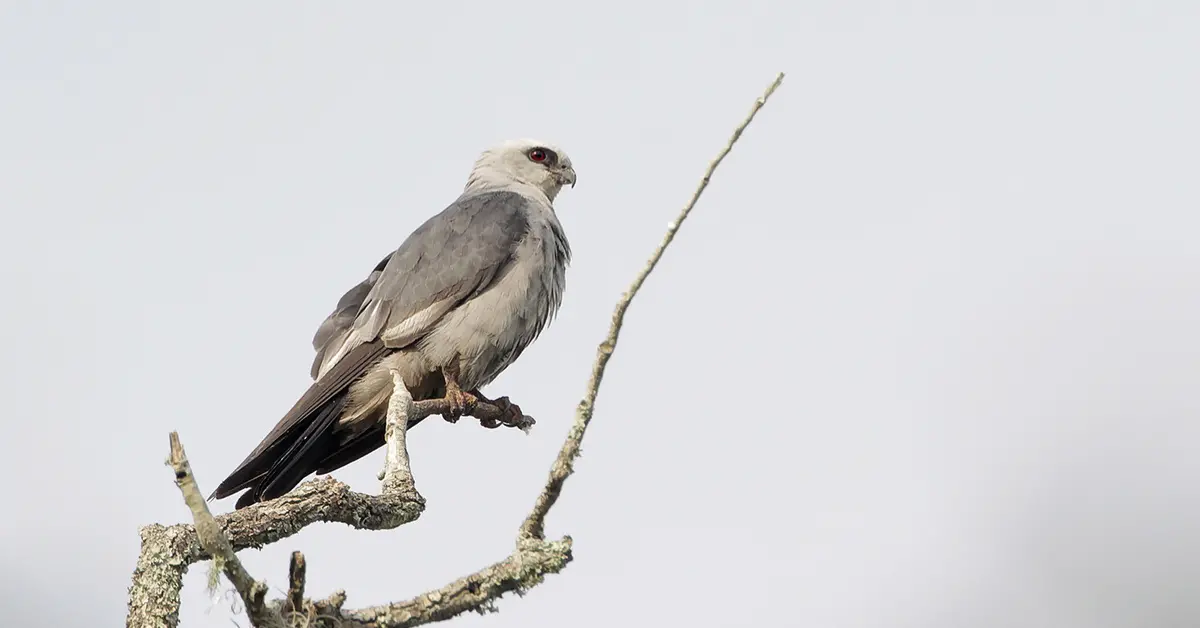
Mississippi kites are graceful white birds with gray feathers. They search for prey while high in the sky before suddenly diving down to capture their food. They often capture insects in flight, but they may also target amphibians, reptiles, birds, and small mammals. These birds often build their nests near wasp nests, which helps keep predators away from the young birds.
14. Snow Goose
Location: Arctic tundra and coastal marshes across Canada, United States, and Mexico
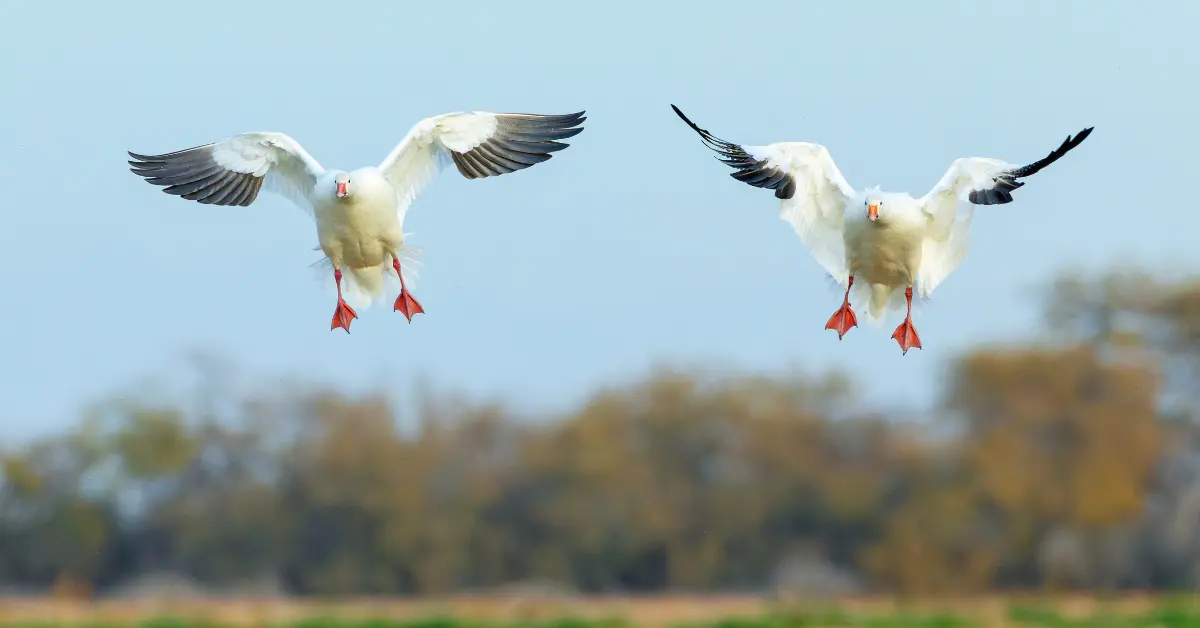
With solid white feathers everywhere except their wingtips, snow geese blend in well in arctic settings. However, some geese are “blue morphs,” causing them to have dark feathers everywhere except their faces. The blue morph is dominant over white morphs, so if a dark snow goose mates with a white snow goose, the dark coloring will cover the normally white feathers of the offspring. When snow geese hatch, they have open eyes and lots of feathers right away.
15. Mute Swan (Invasive White Birds)
Location: Shallow wetlands in parts of the United States and Eurasia
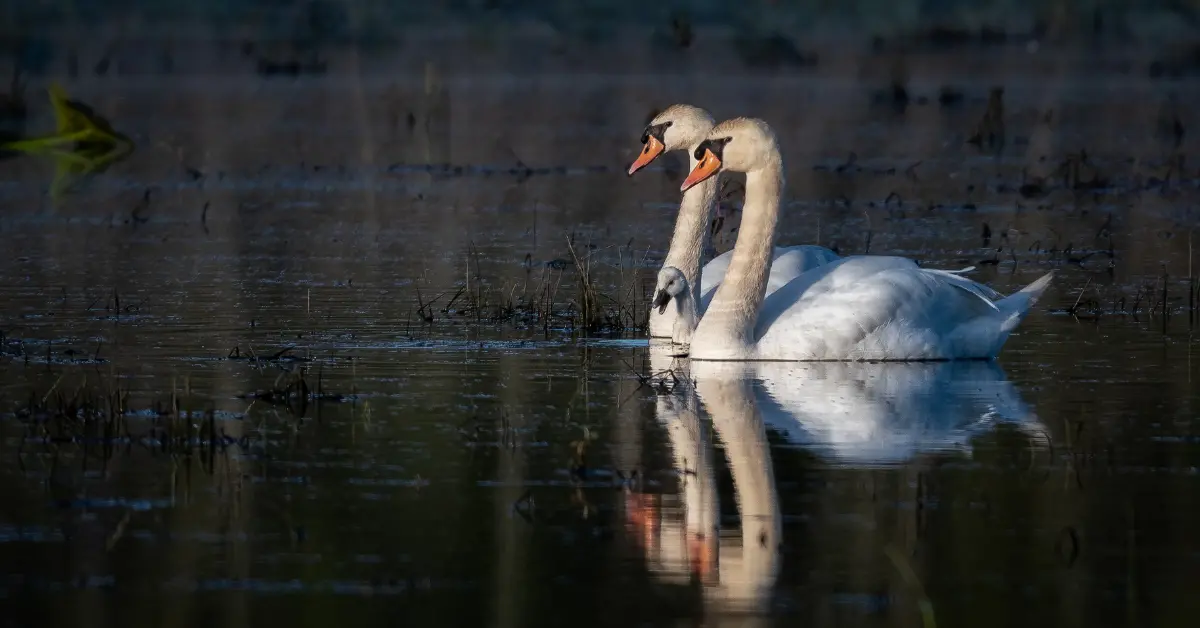
Mute swans aren’t native to North America, but people brought them over from Eurasia because of their beauty. These swans now wander around many ponds, parks, and zoos in the United States and Canada. They have a classic swan appearance: white feathers, dark face, and orange beak. While they look stunning, they can be aggressive, fiercely defending their nests from humans, pets, and wildlife.
Keep an Eye Out for White Birds in North America
White birds have so much variety in North America. Many pure white birds are large, and their habitats often consist of beautiful settings like snow-covered fields or peaceful wetlands. Depending on where you live, you might even be lucky enough to see some in your yard. White birds appear very elegant, so if you spot one, feel free to admire them from a distance for a while.

